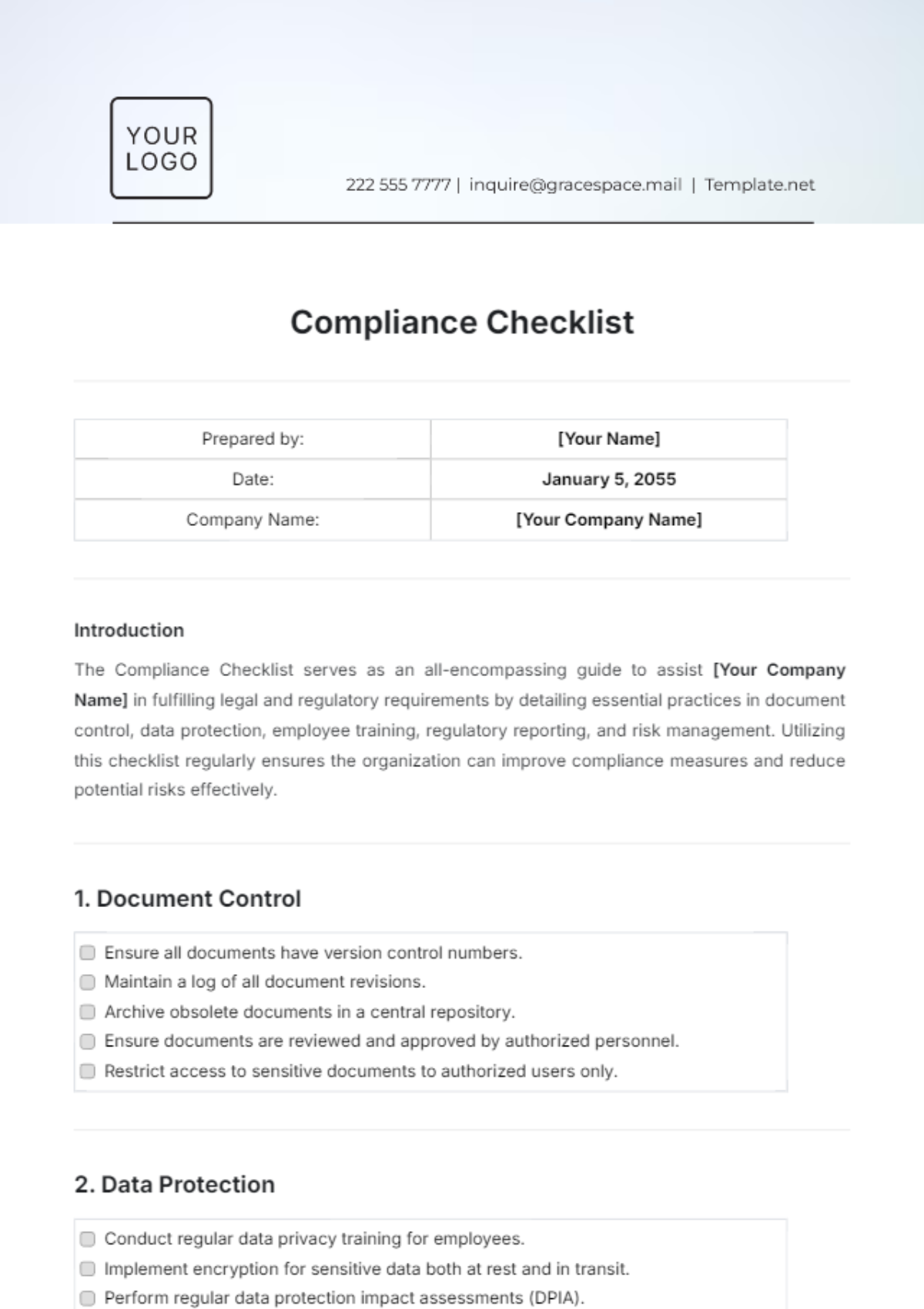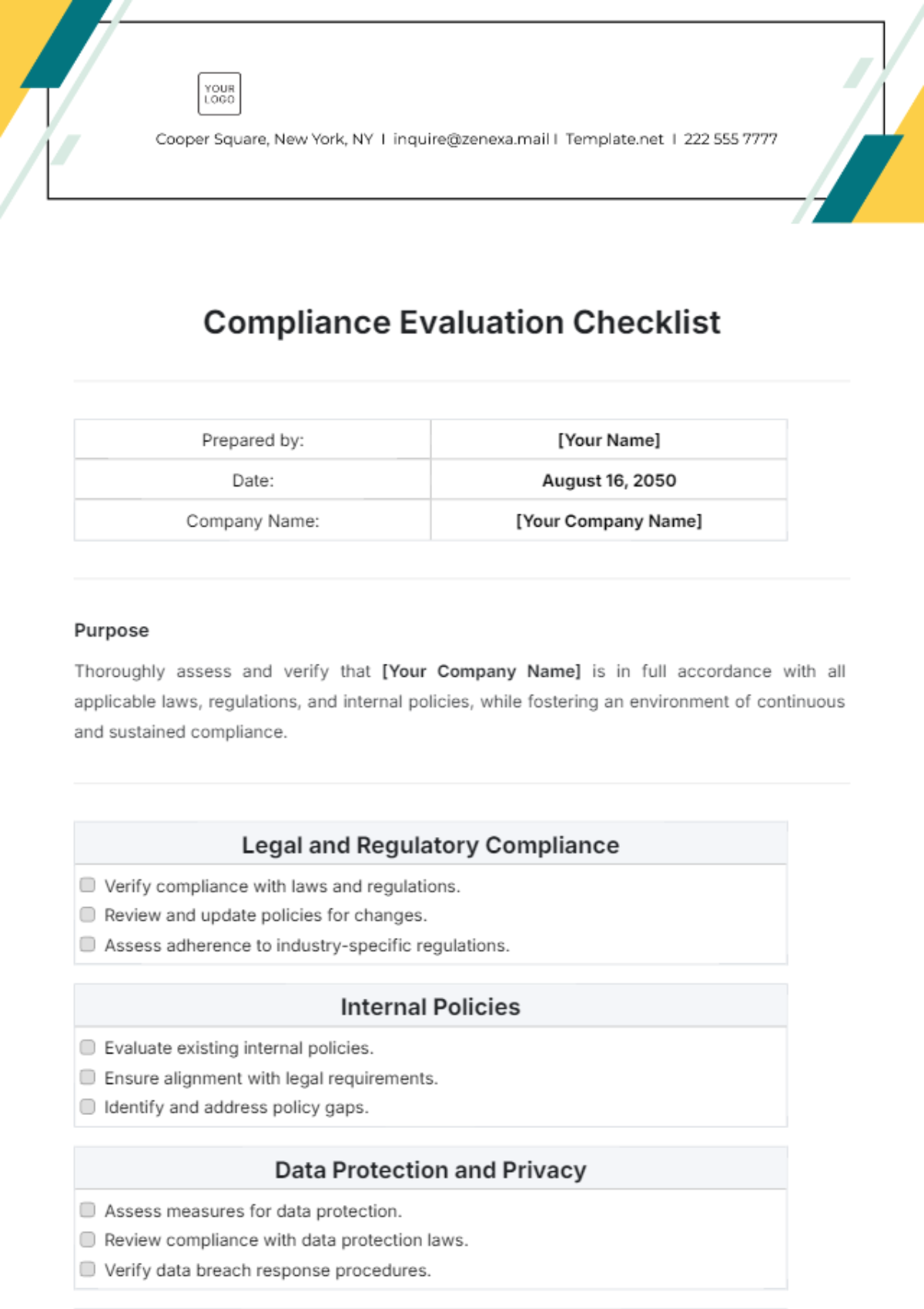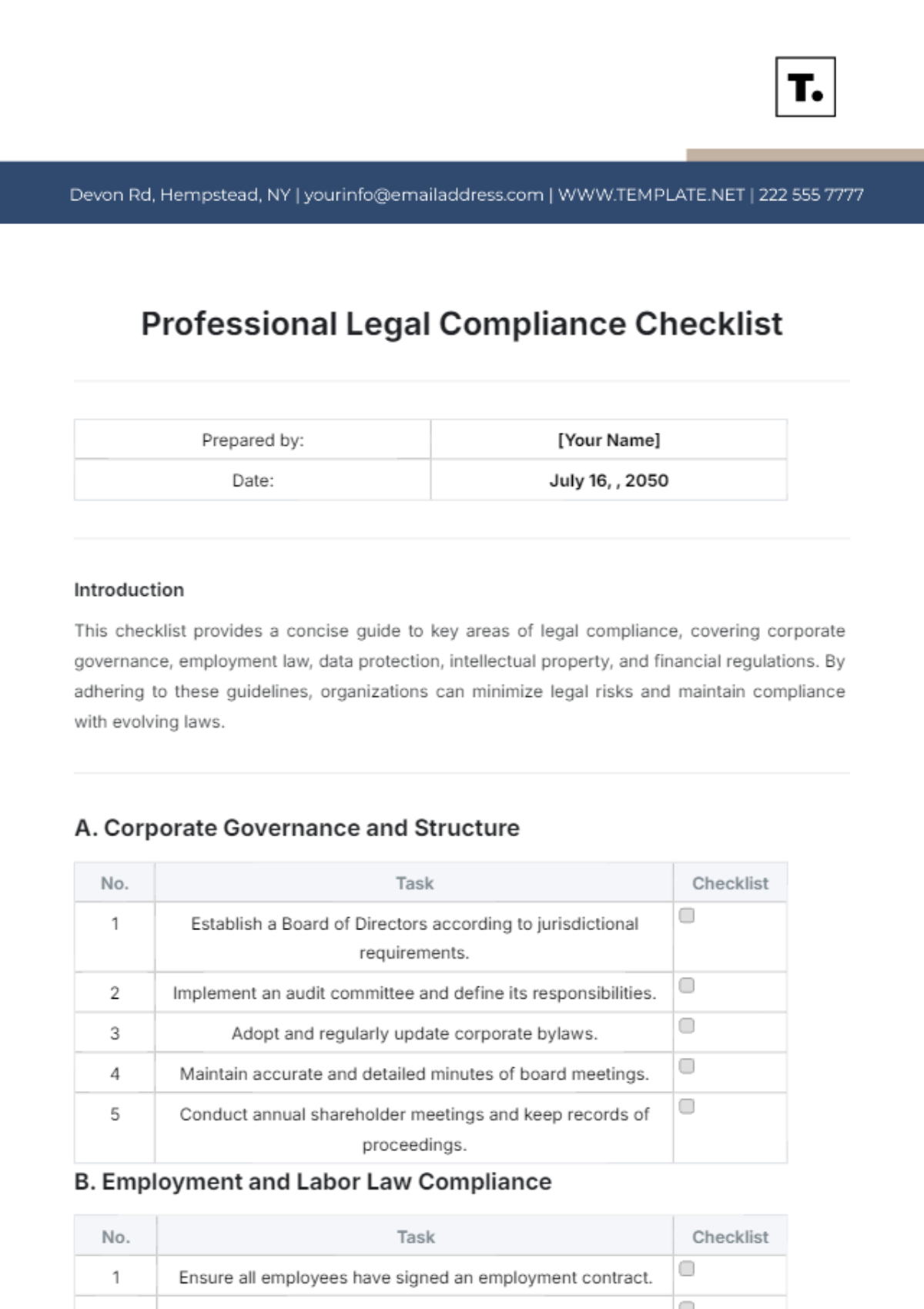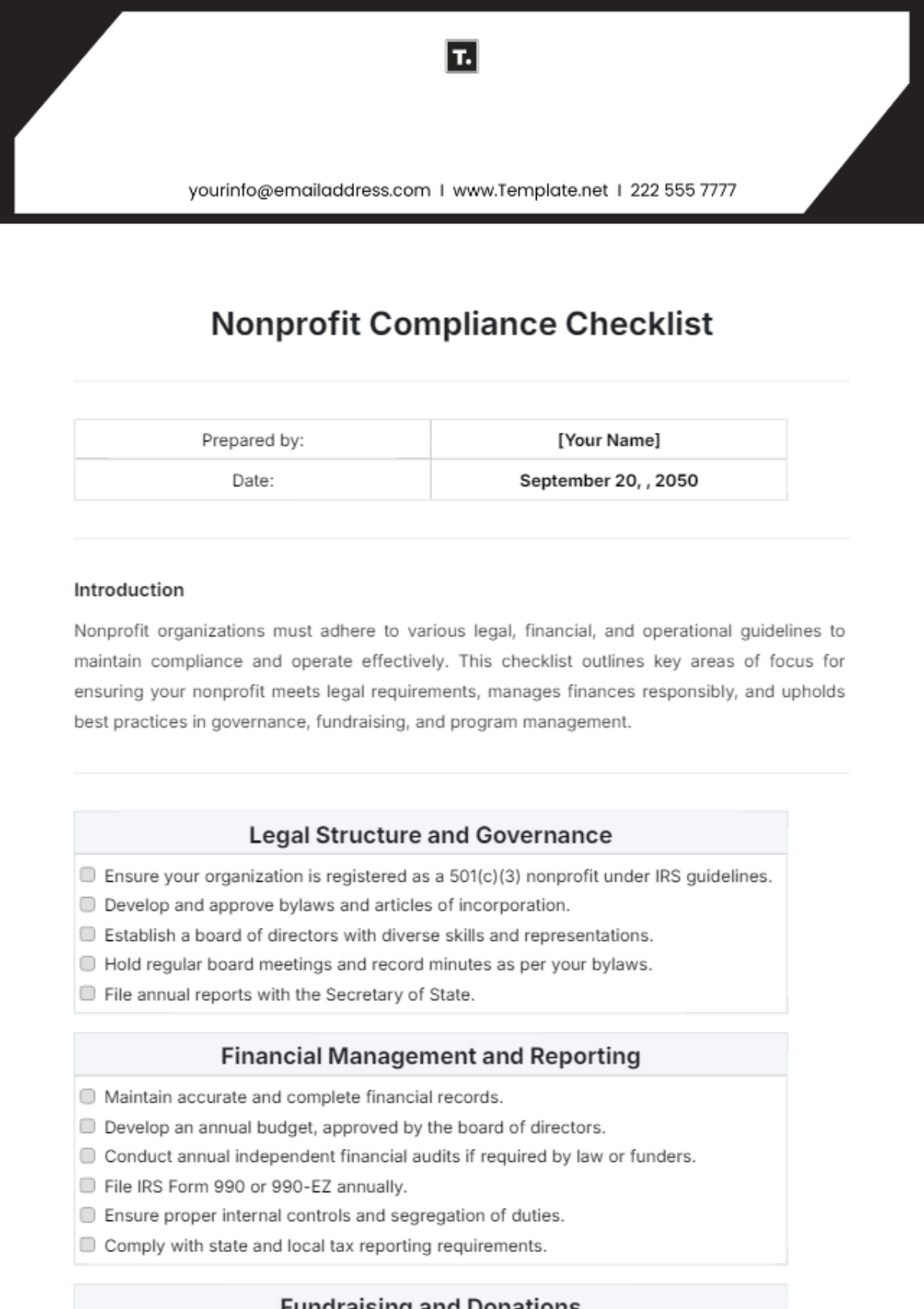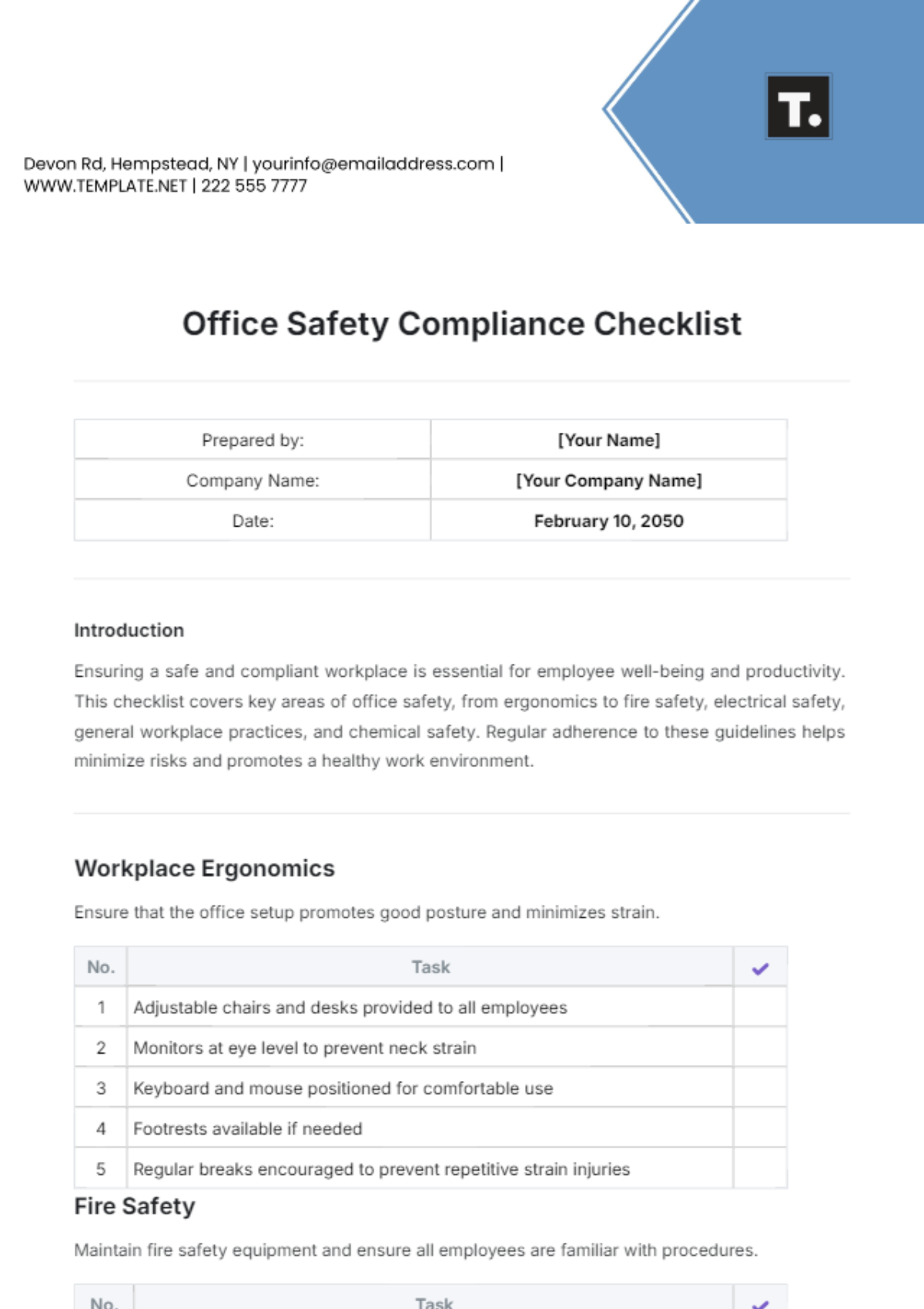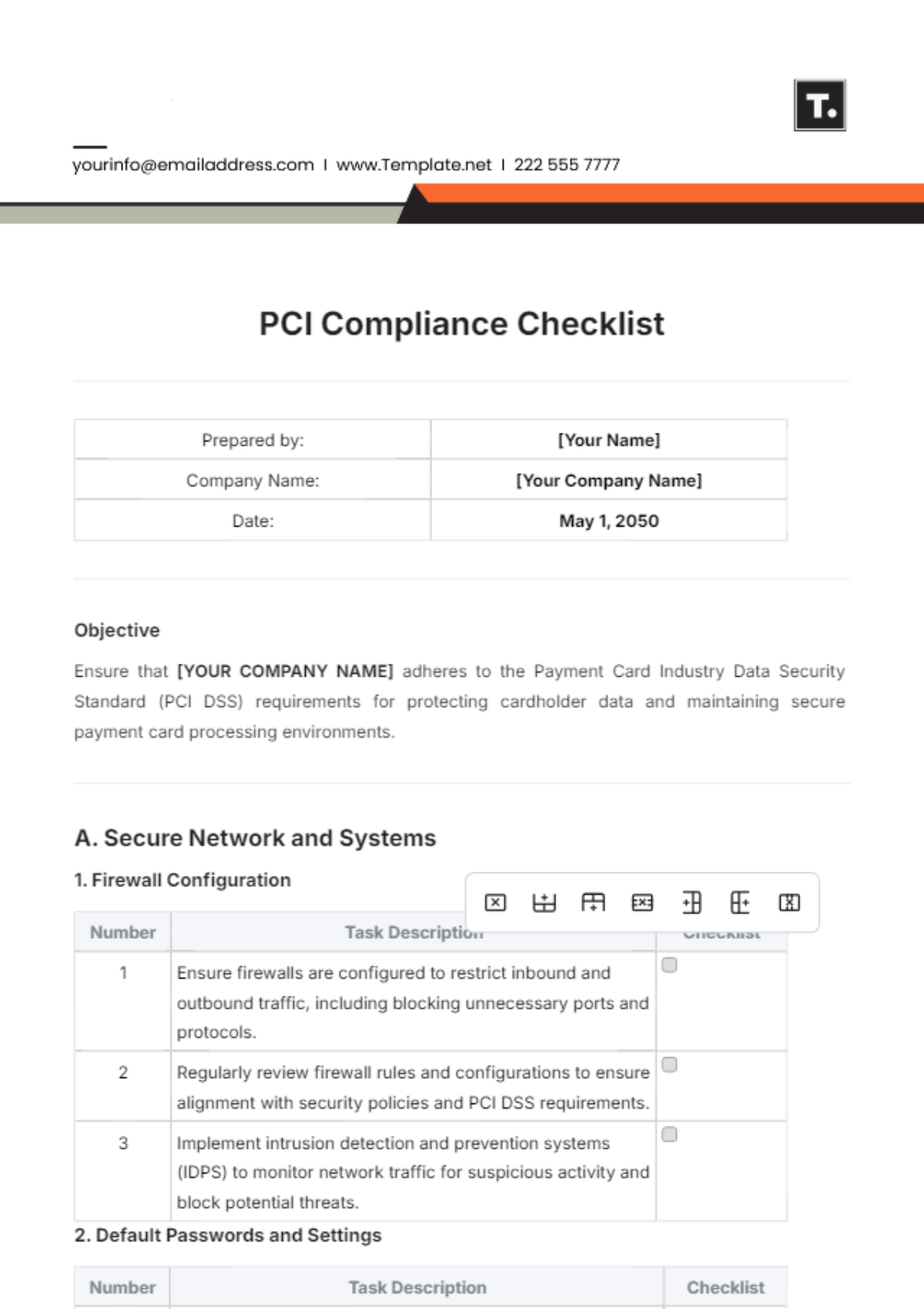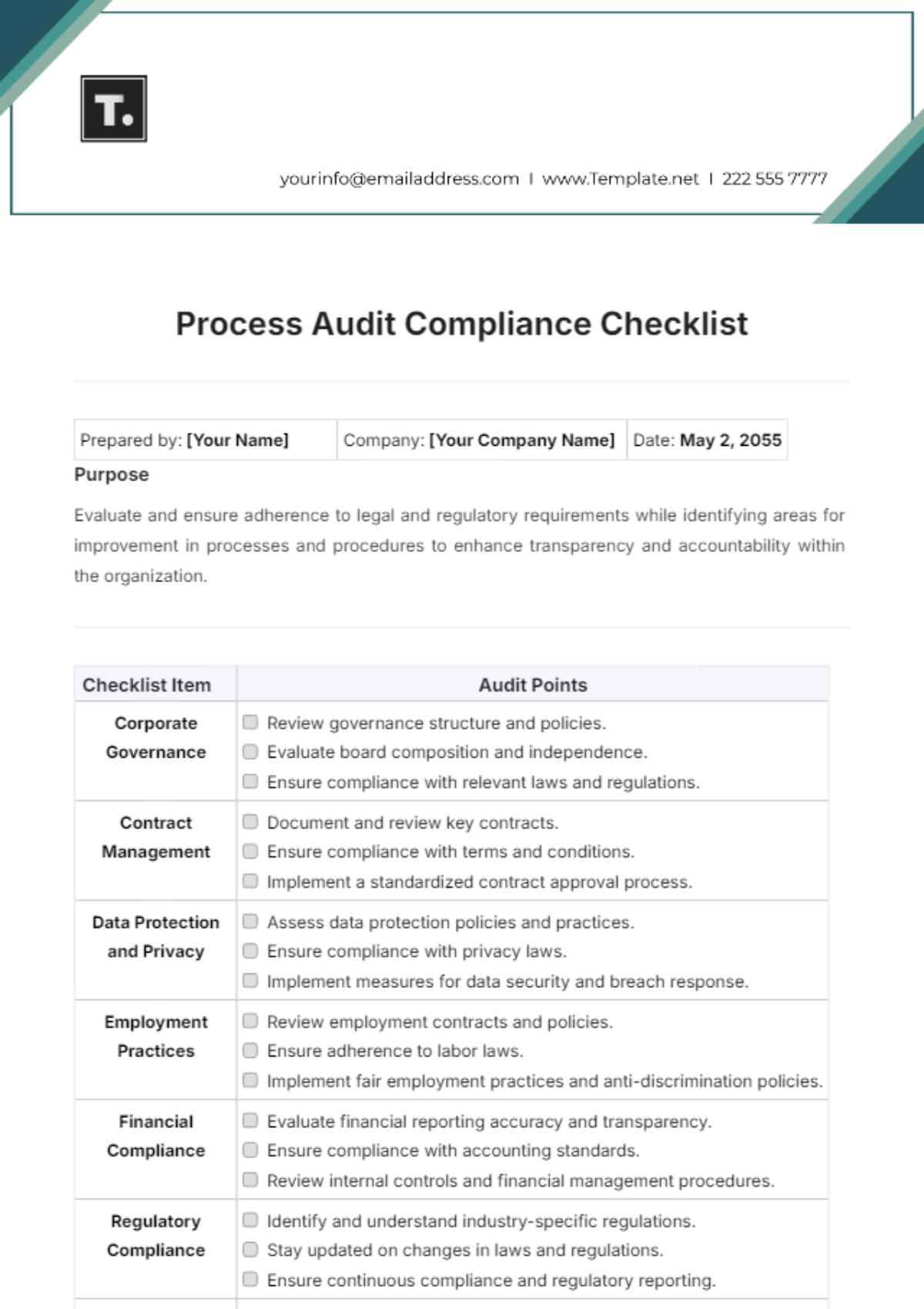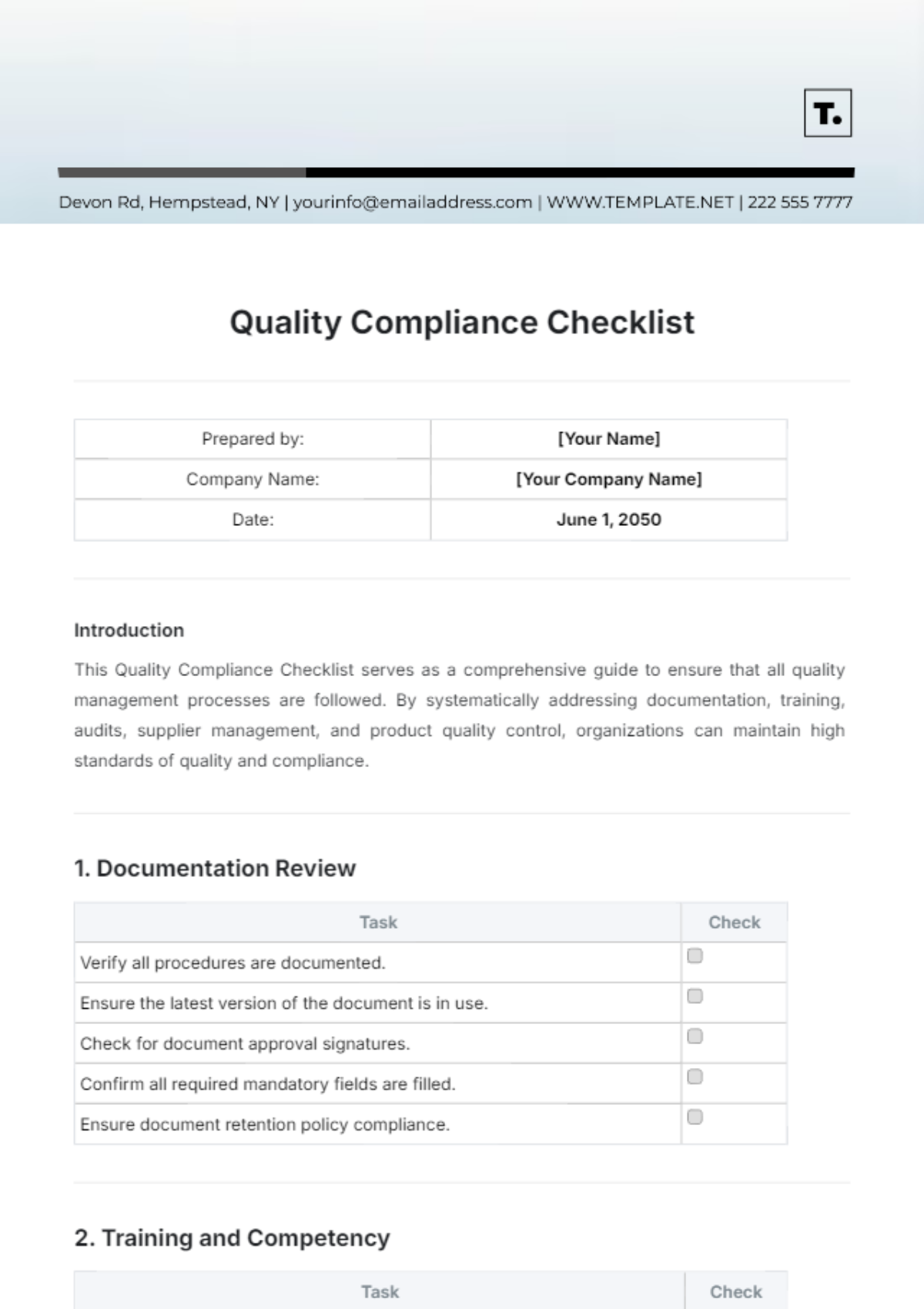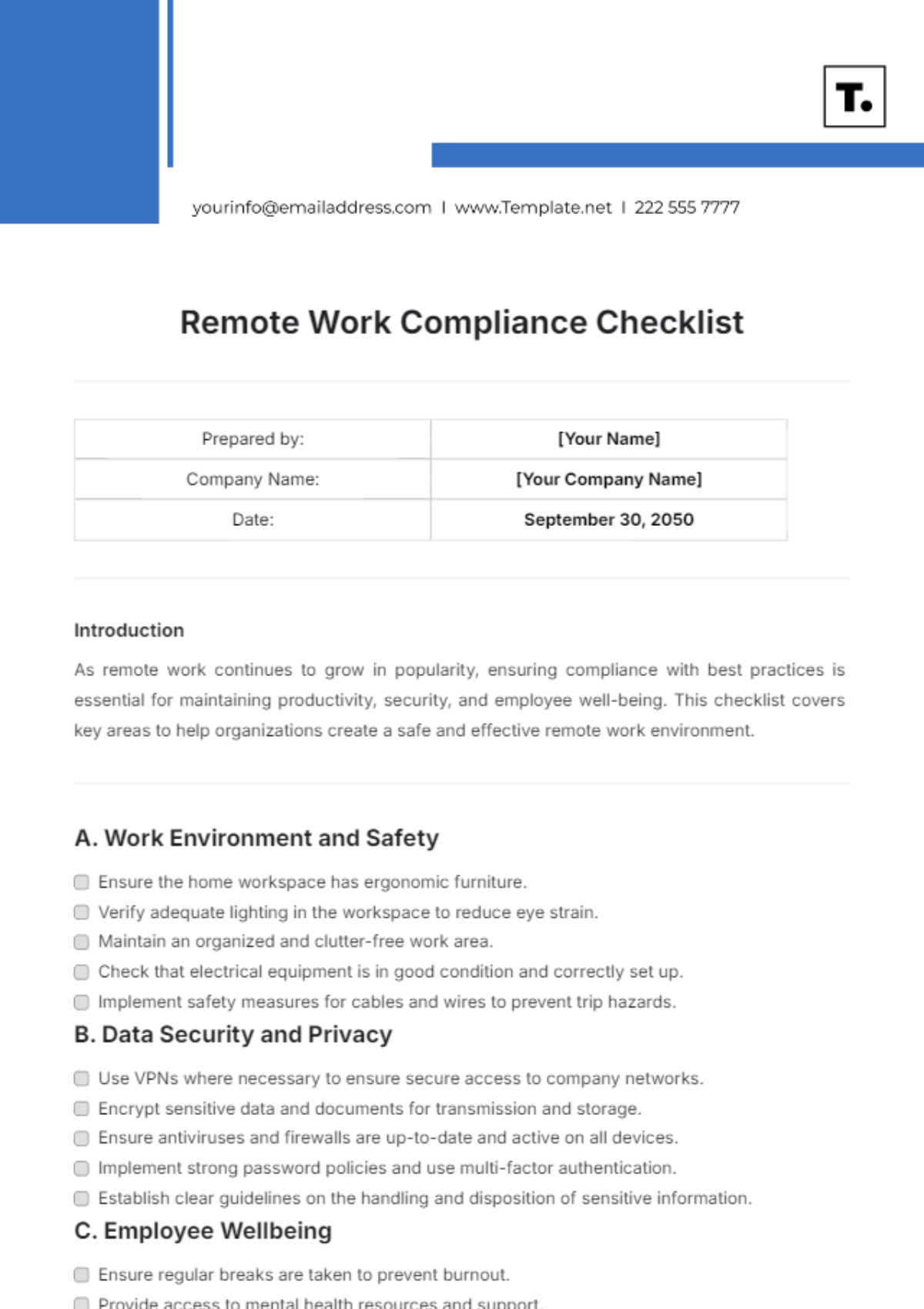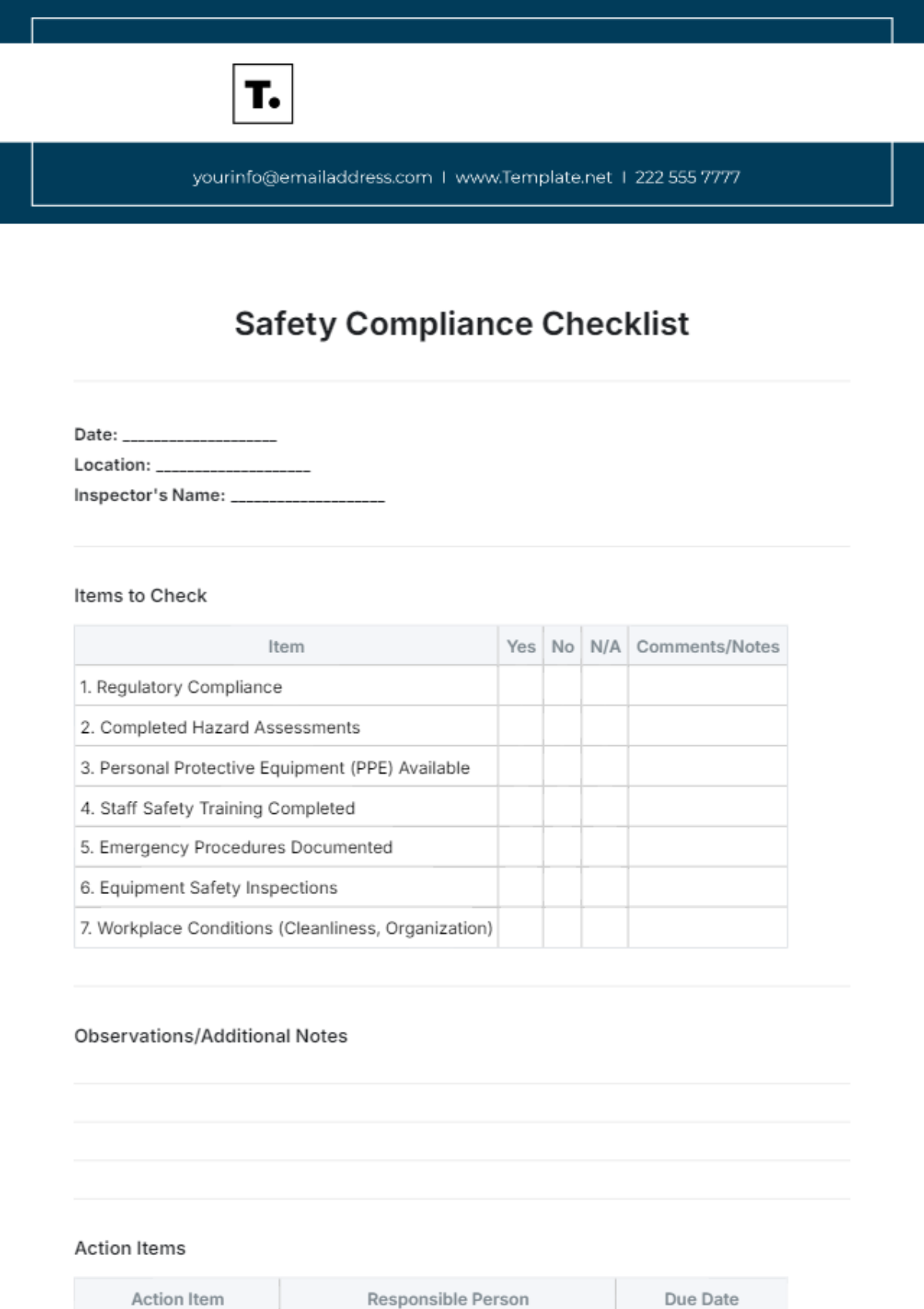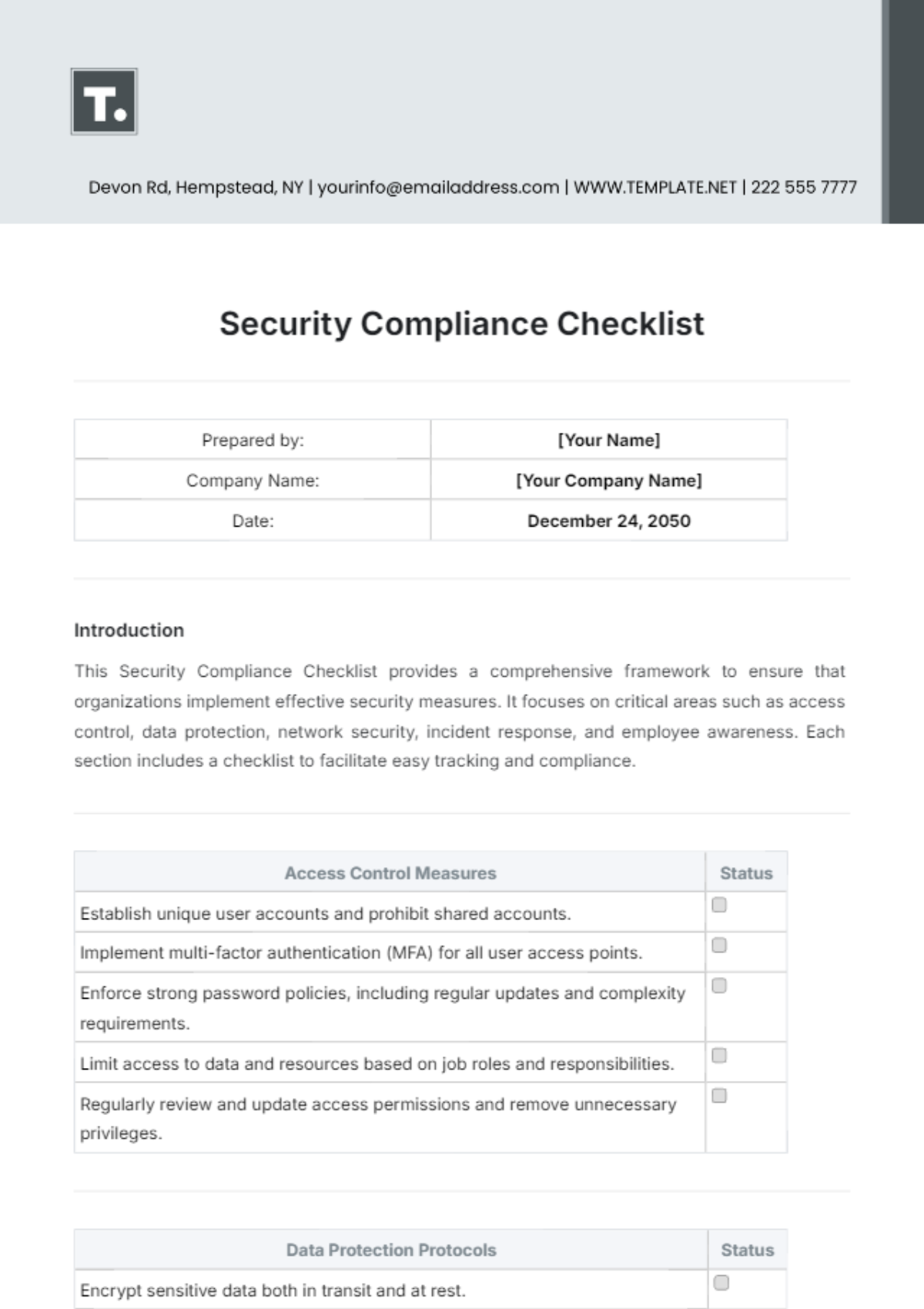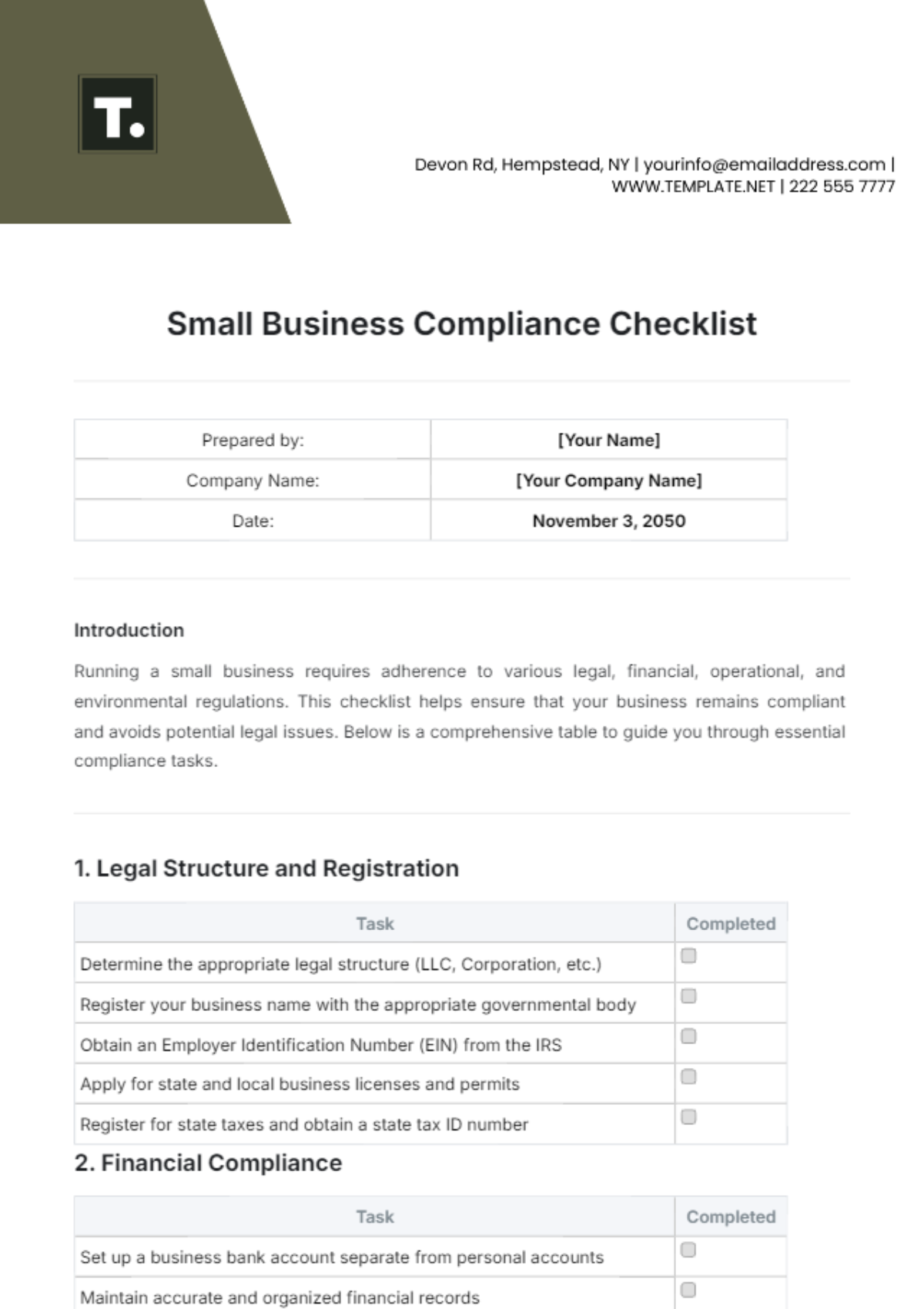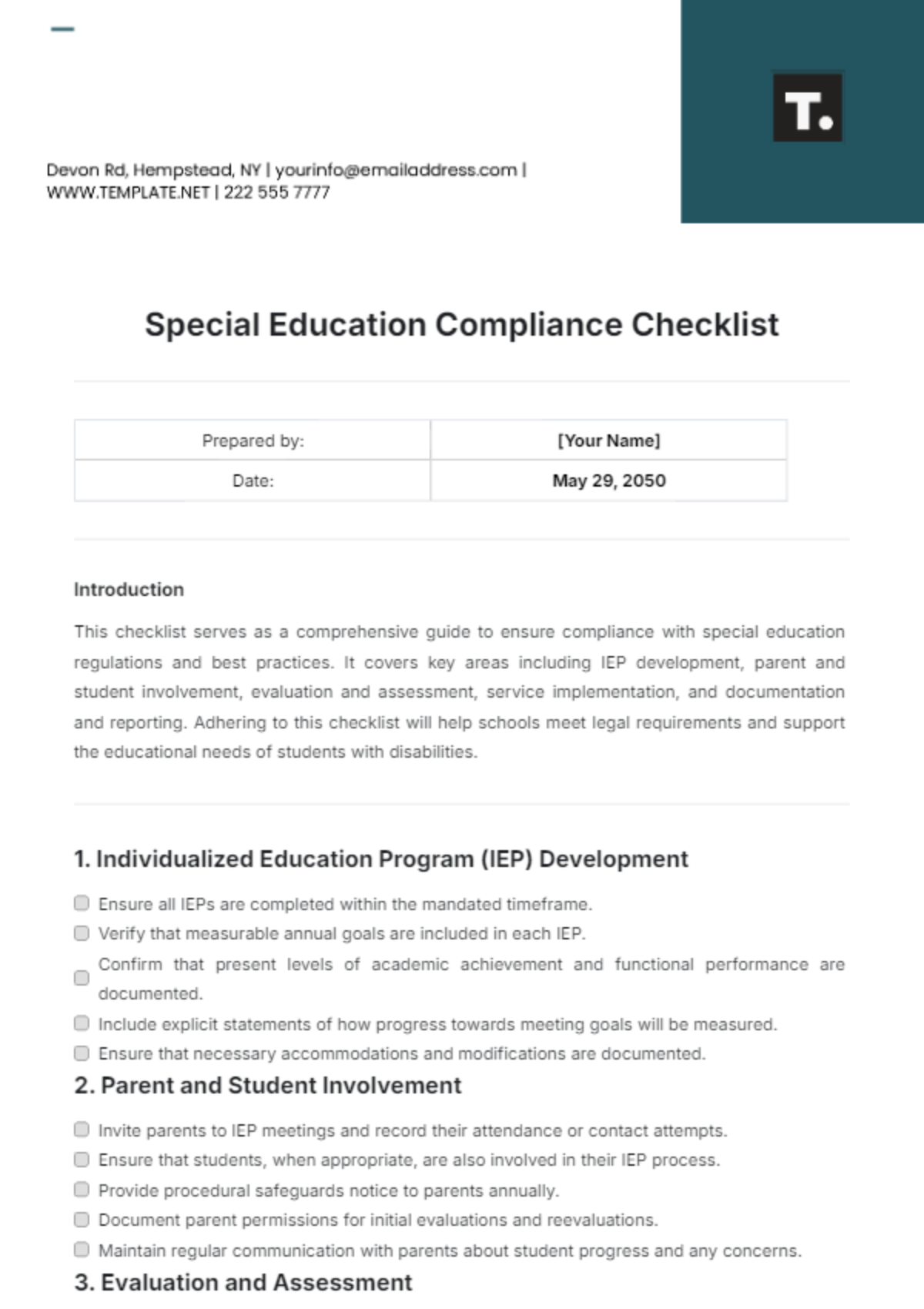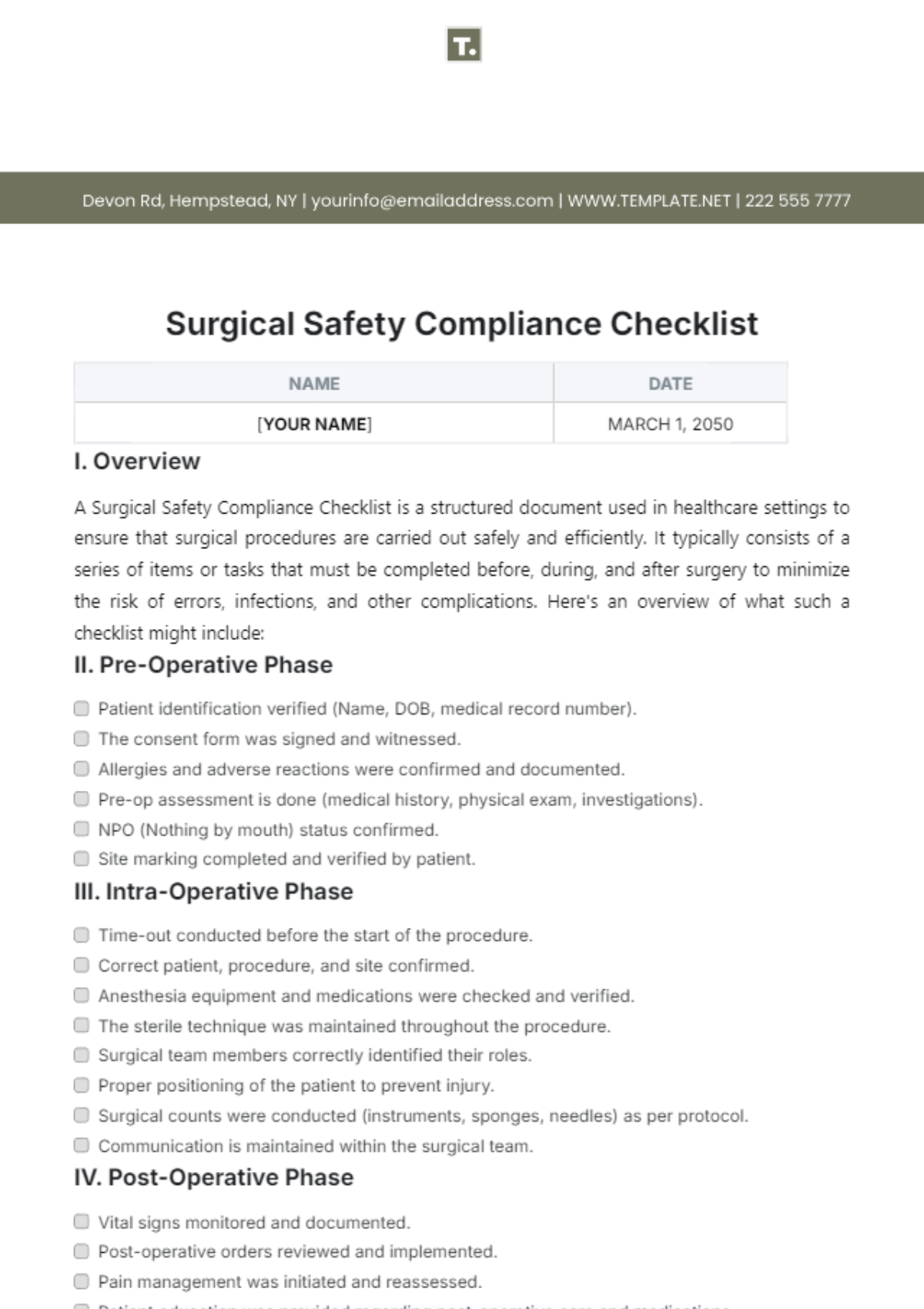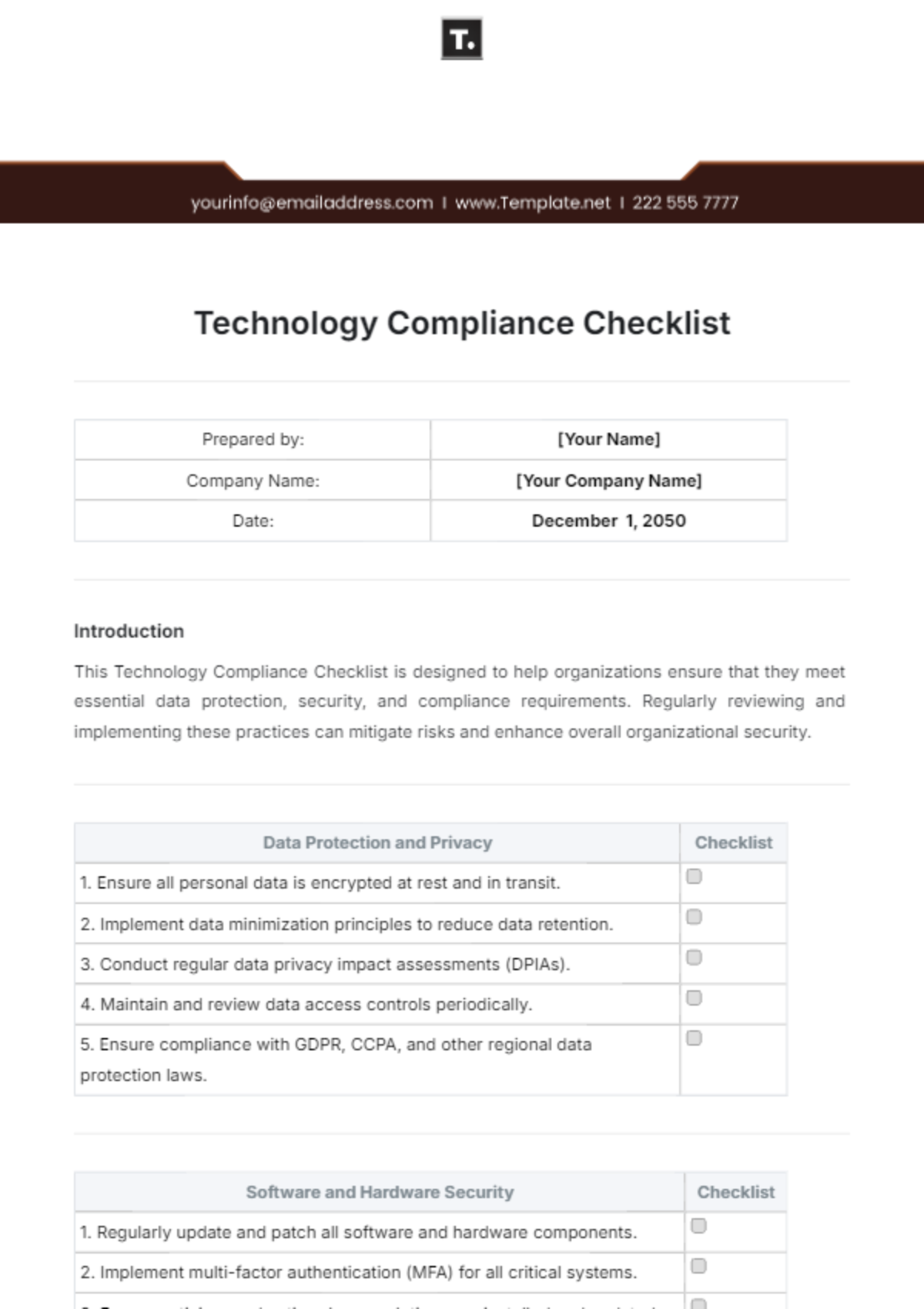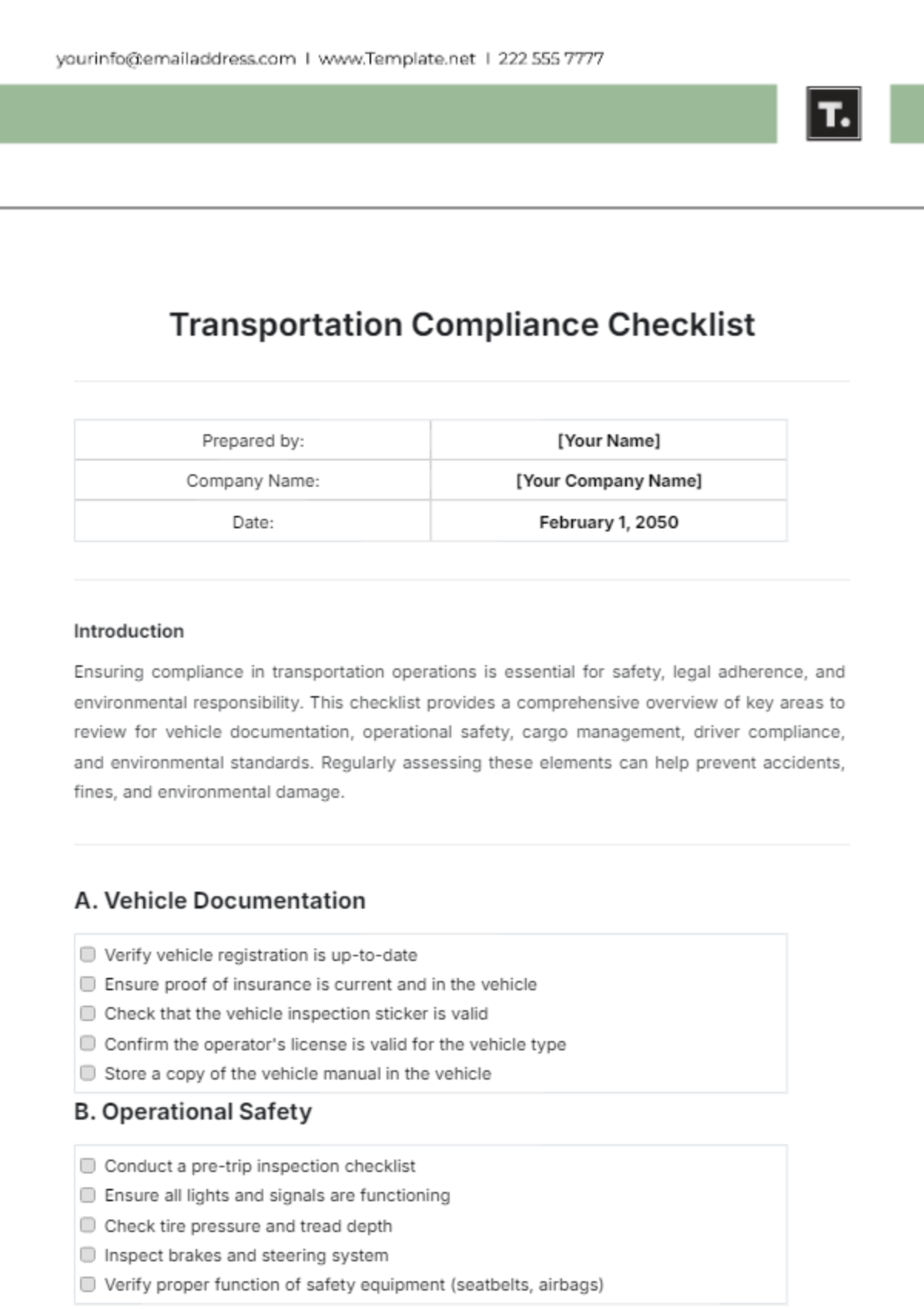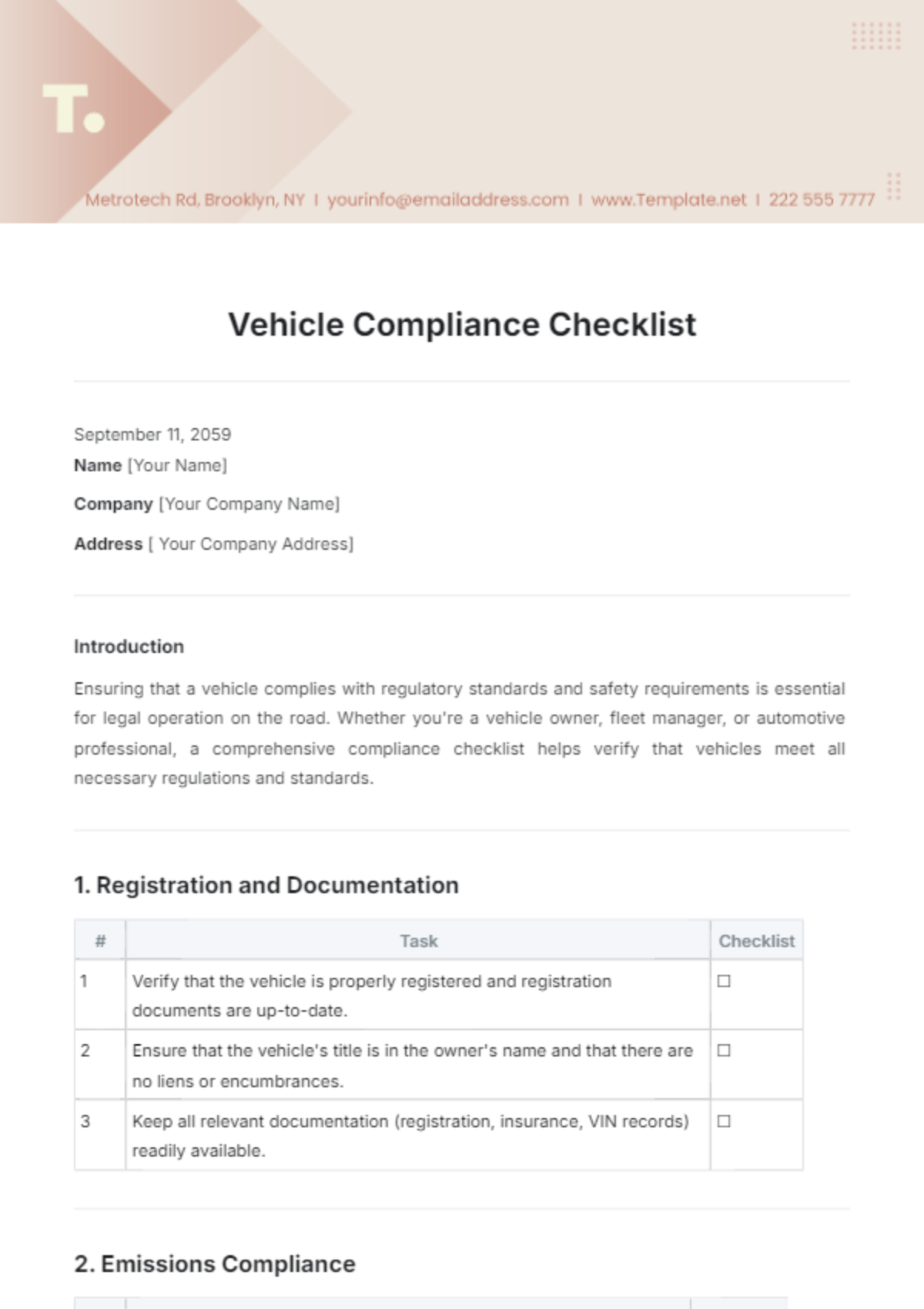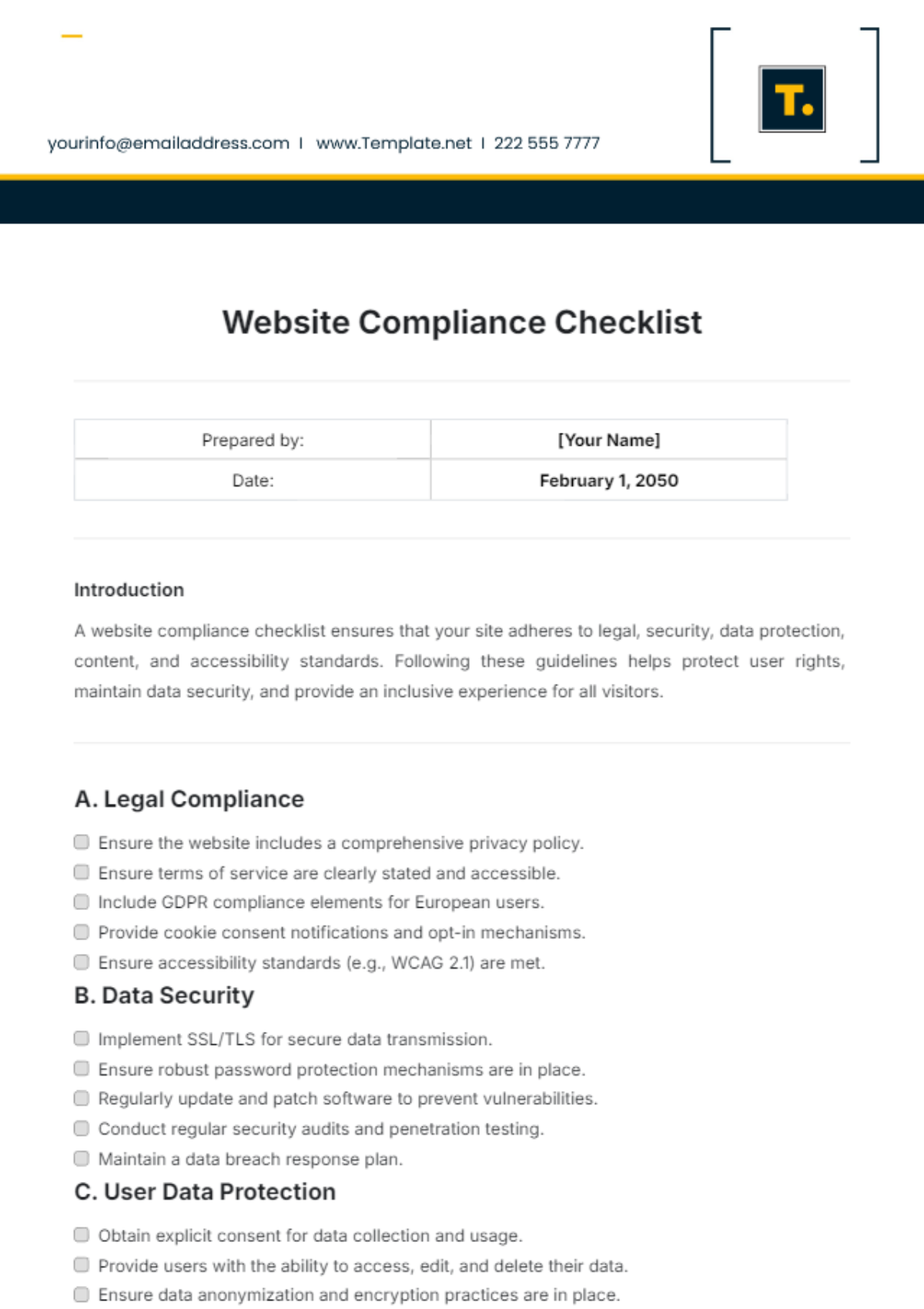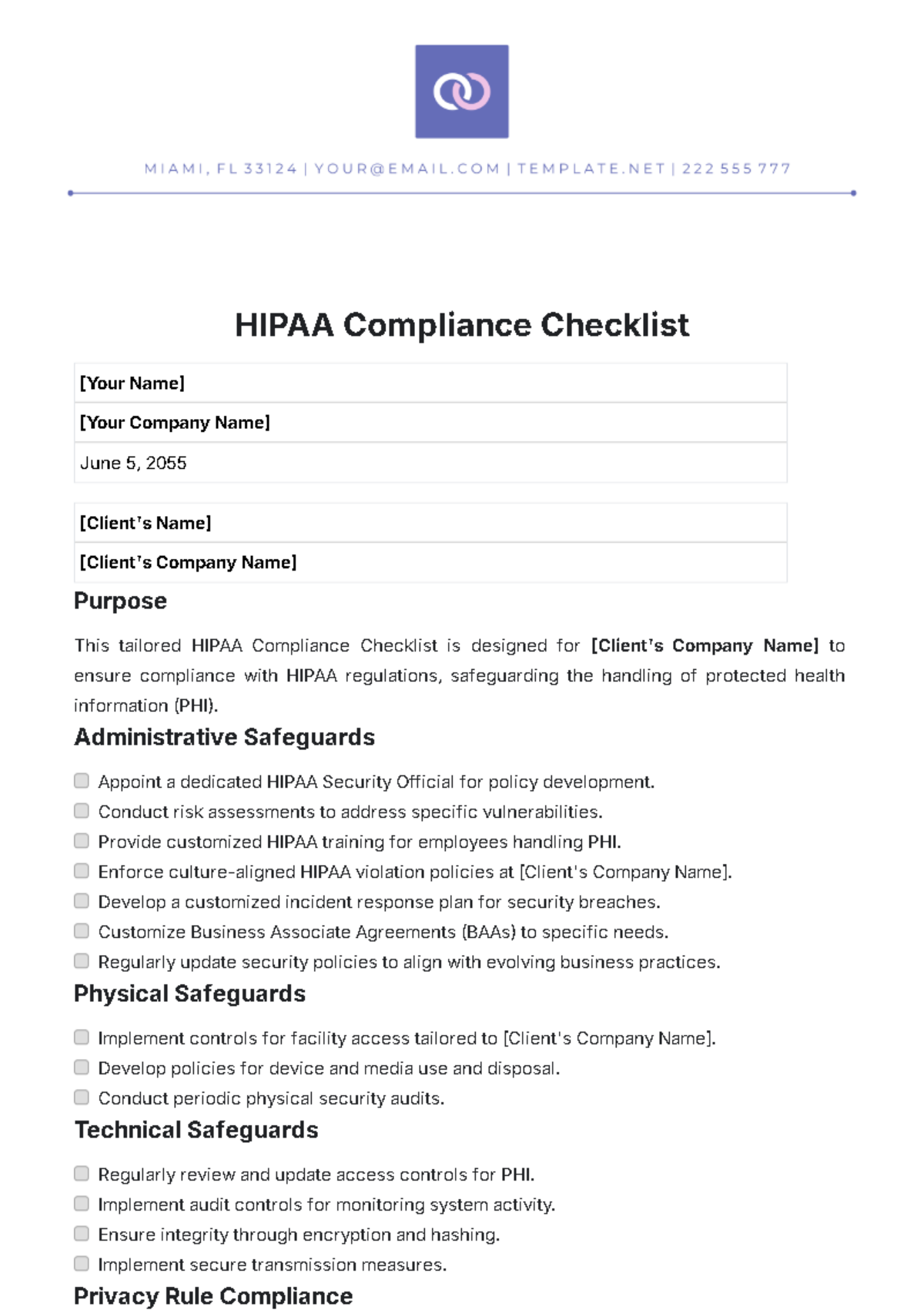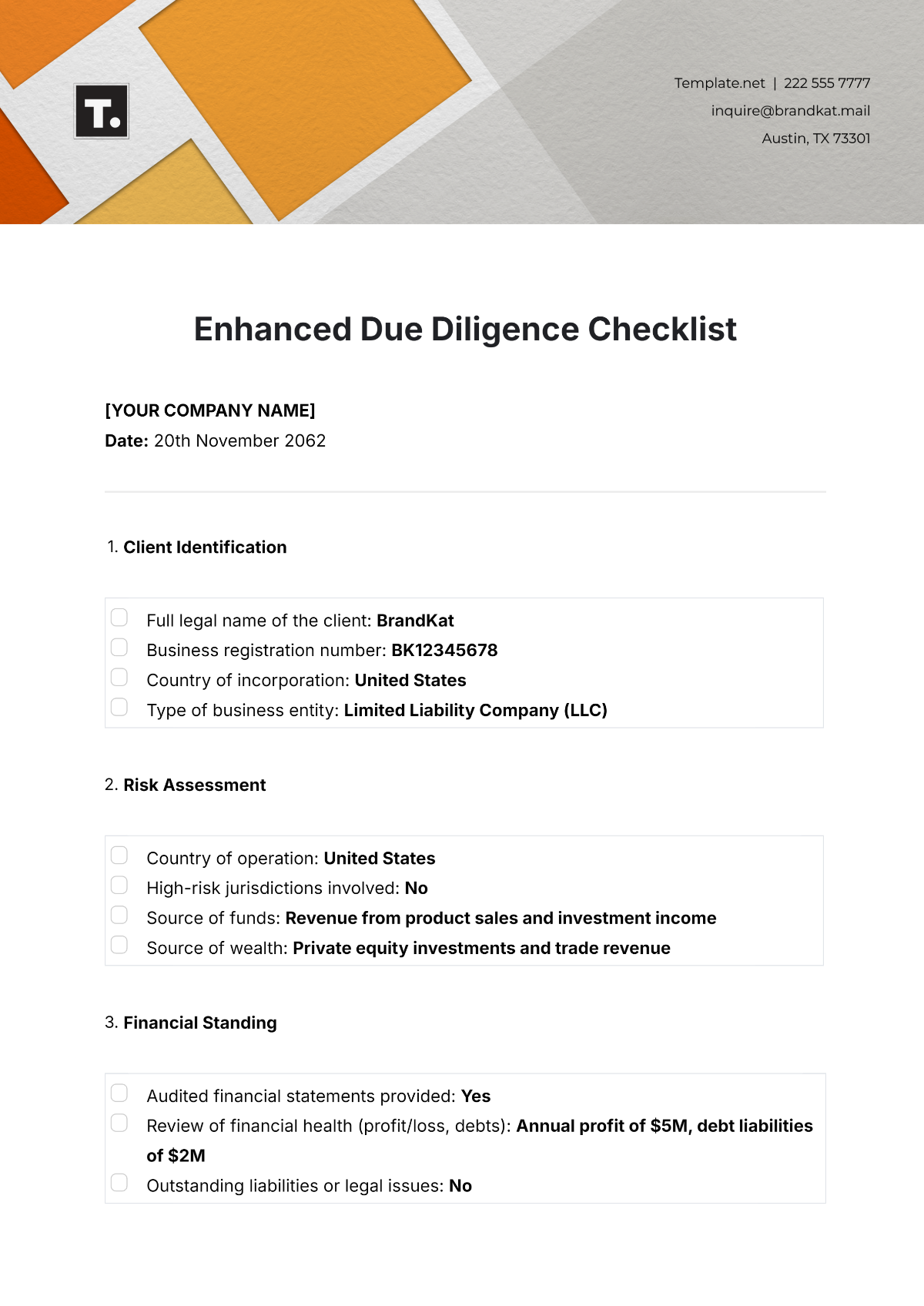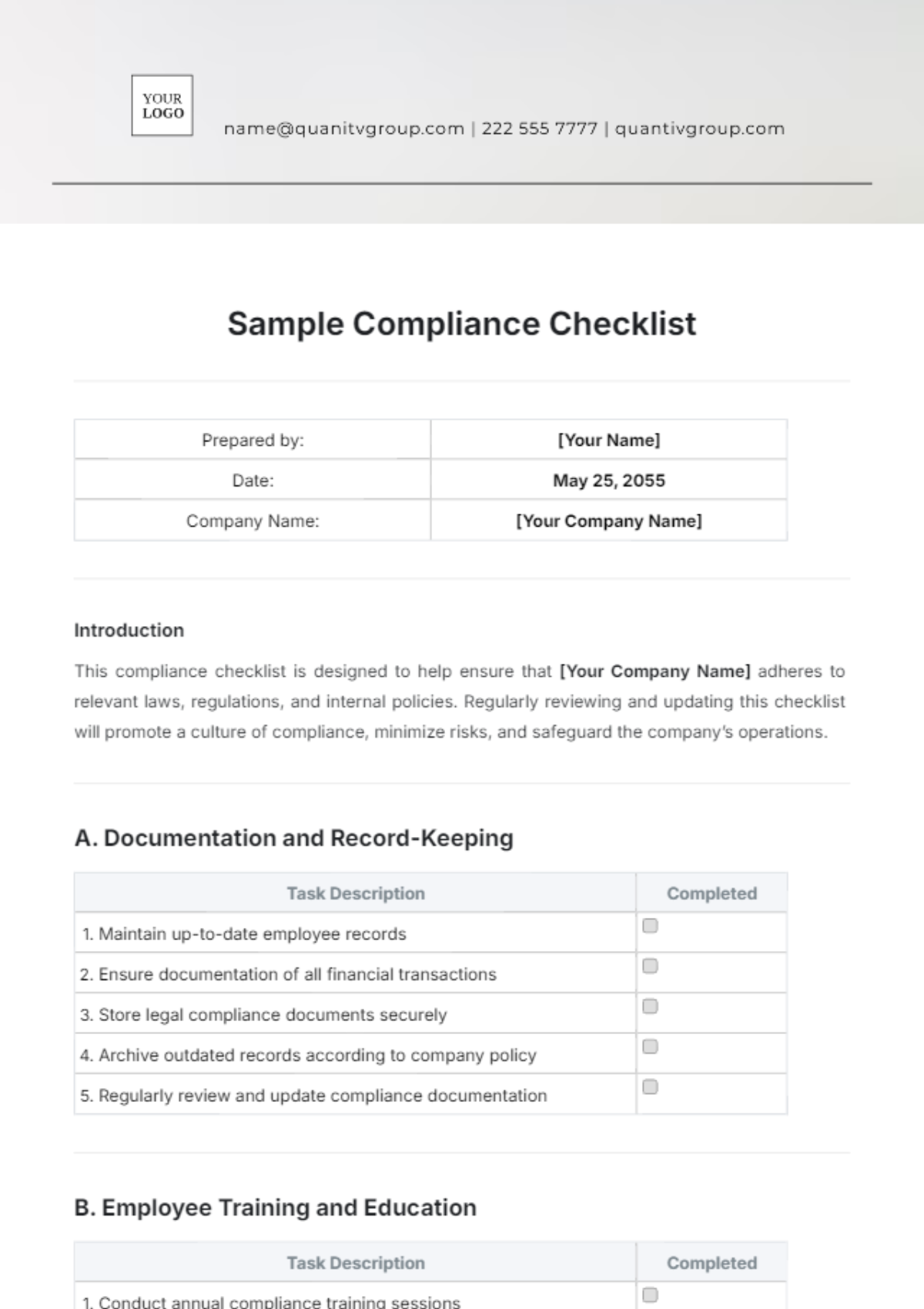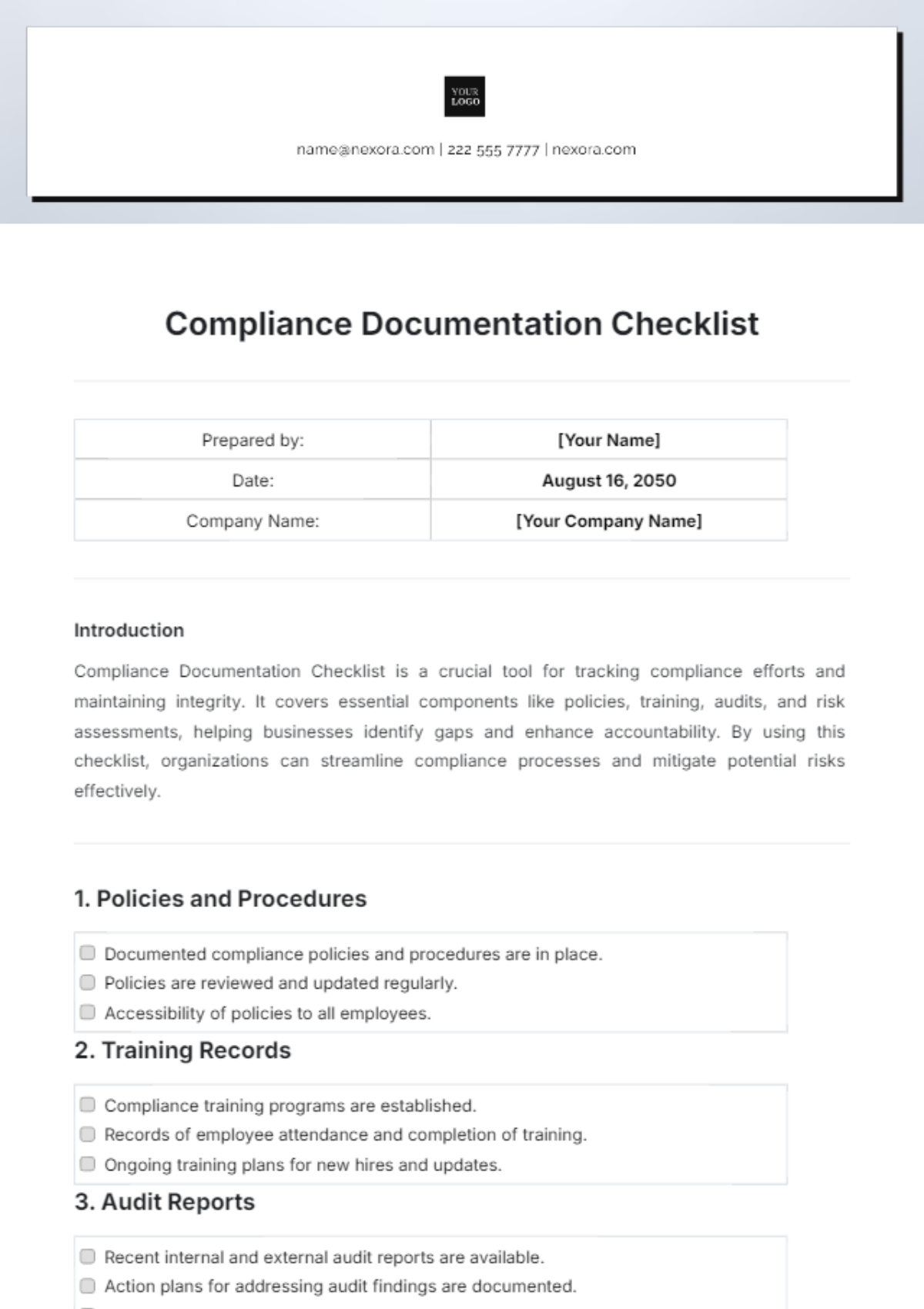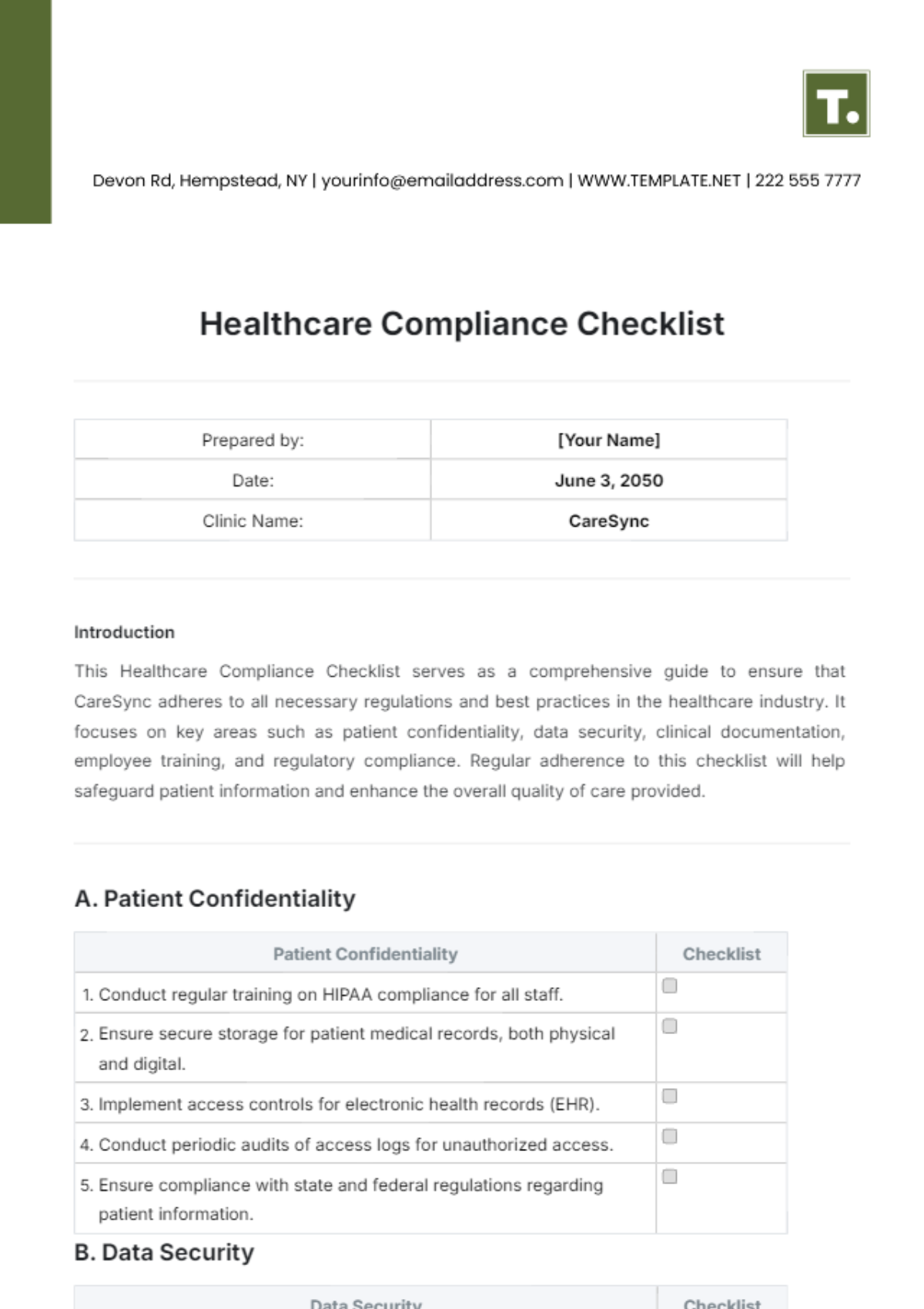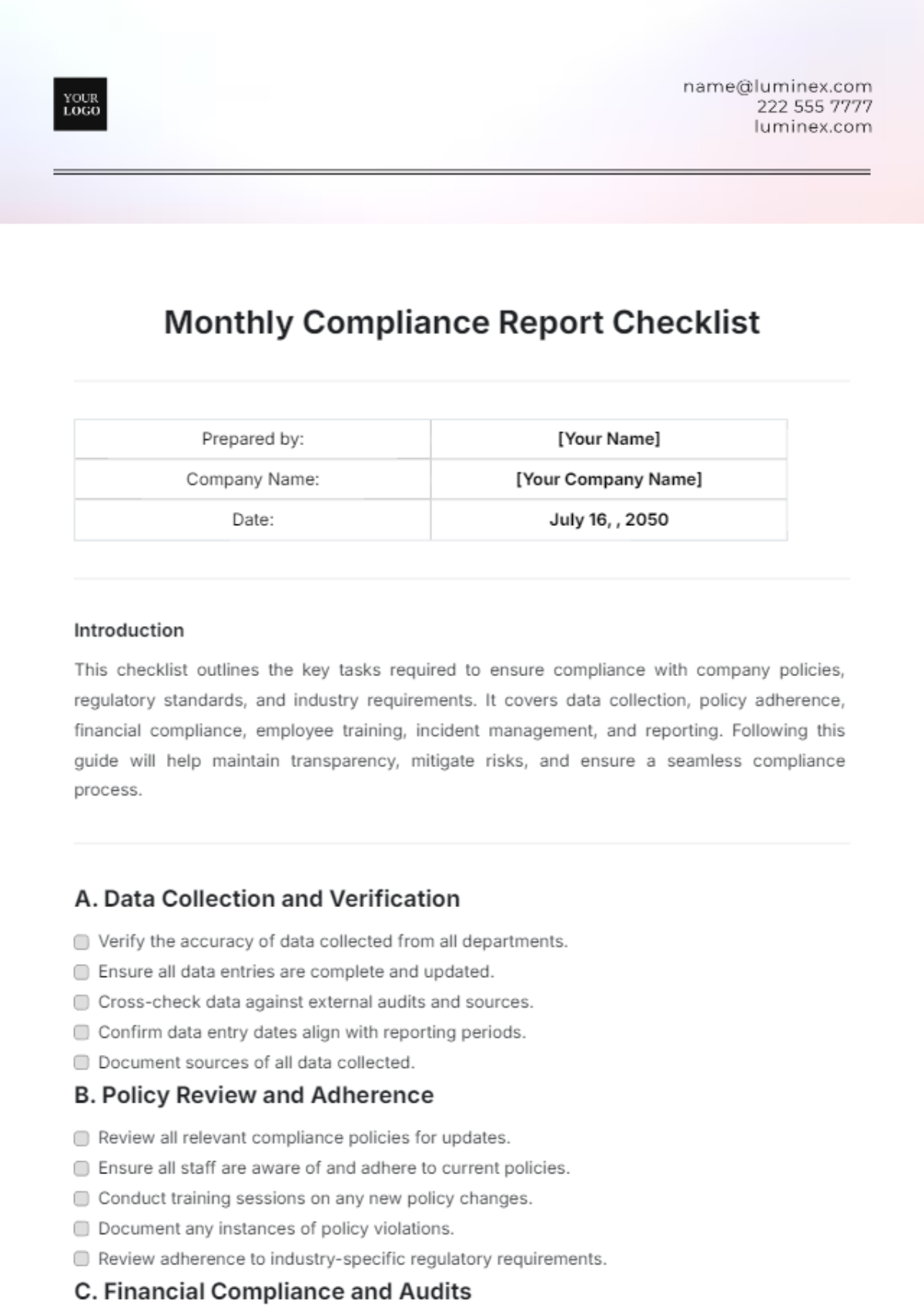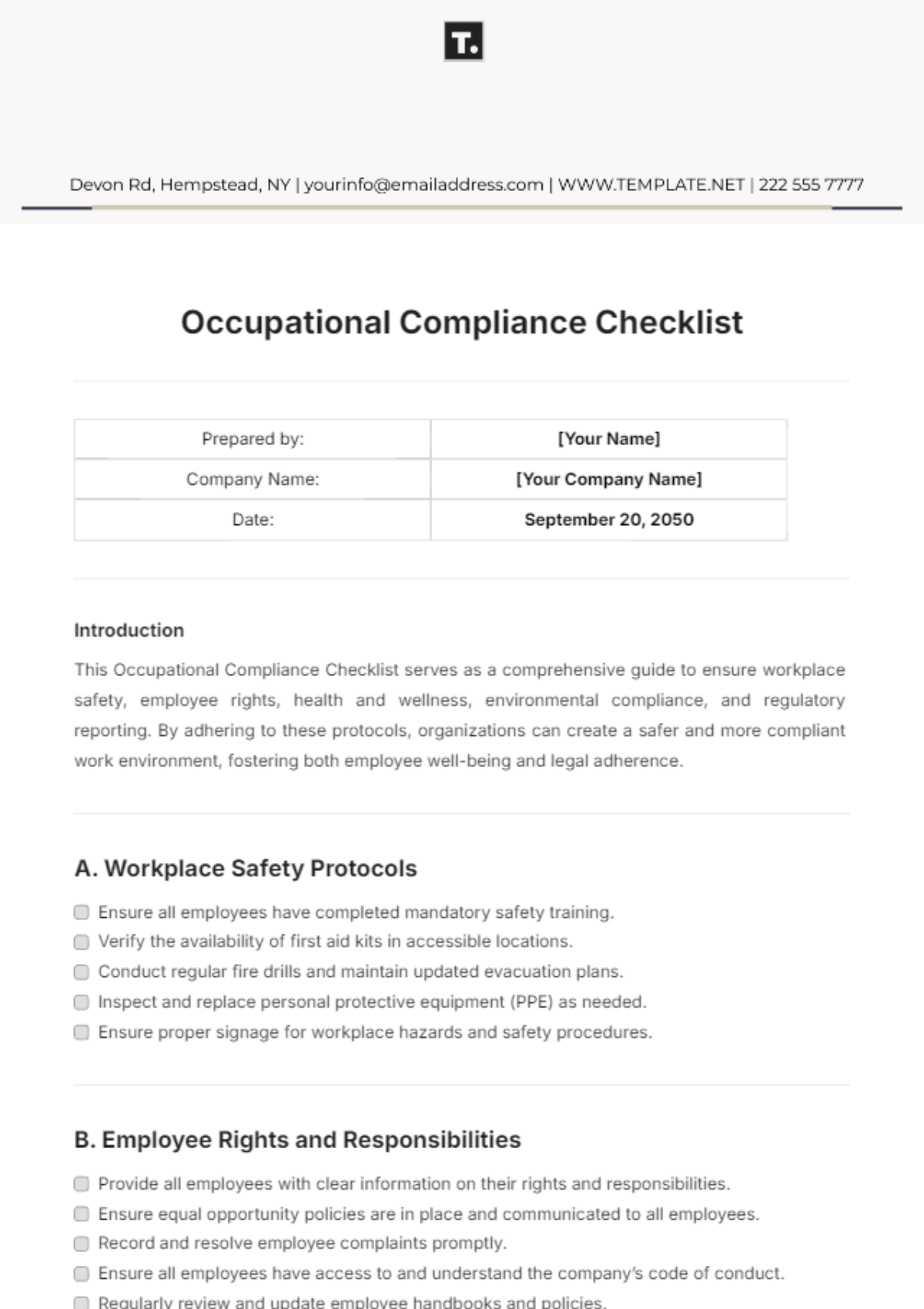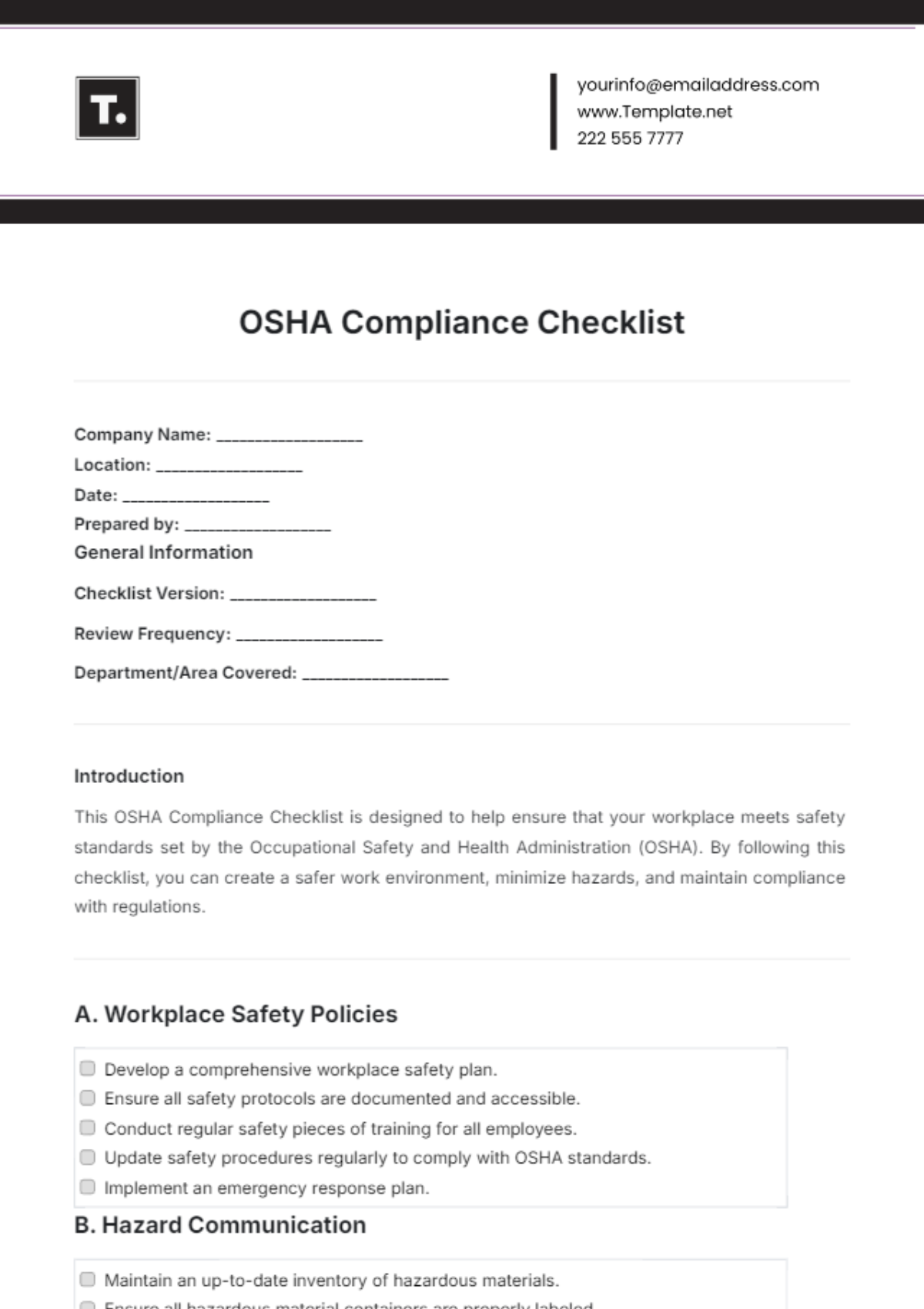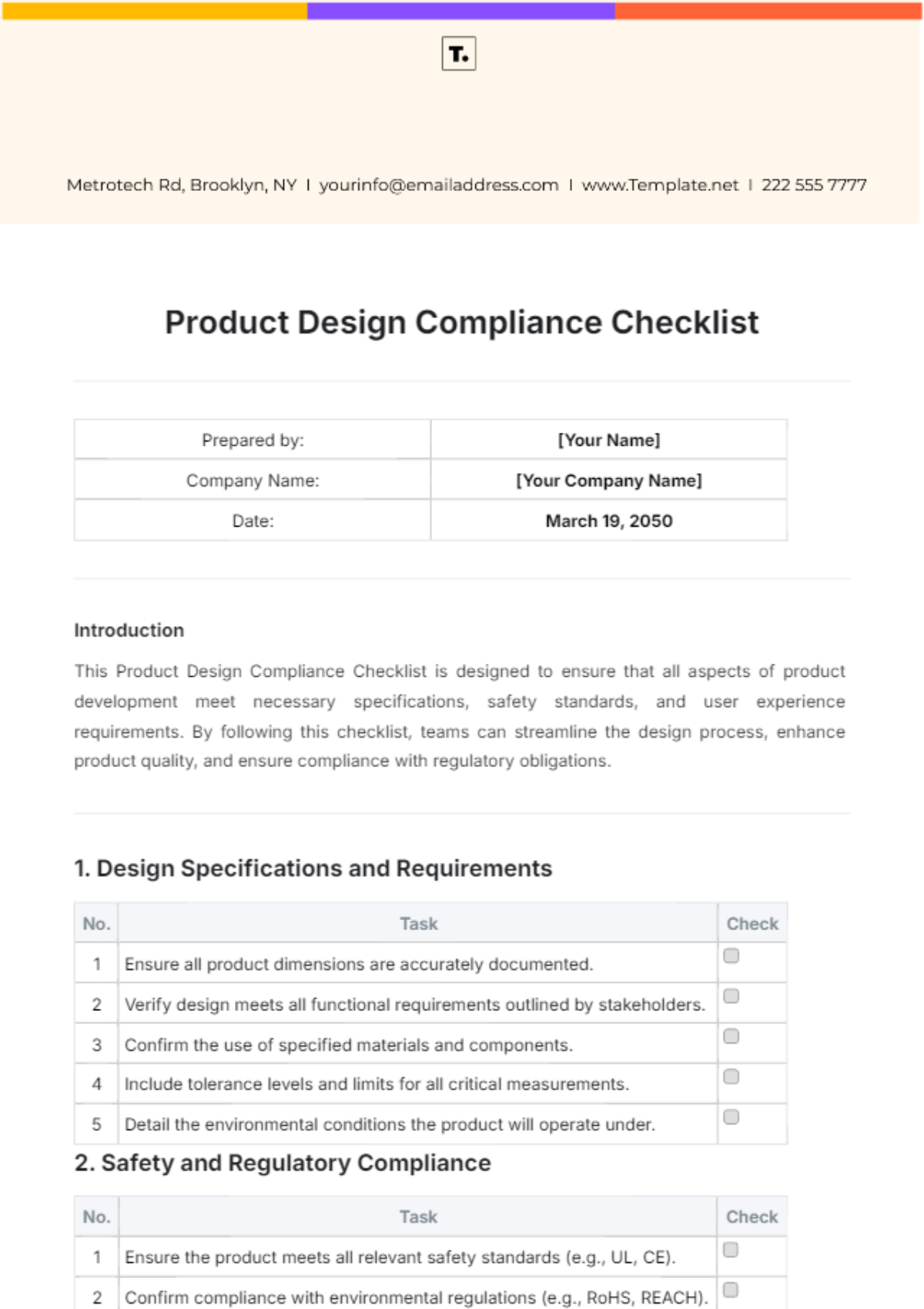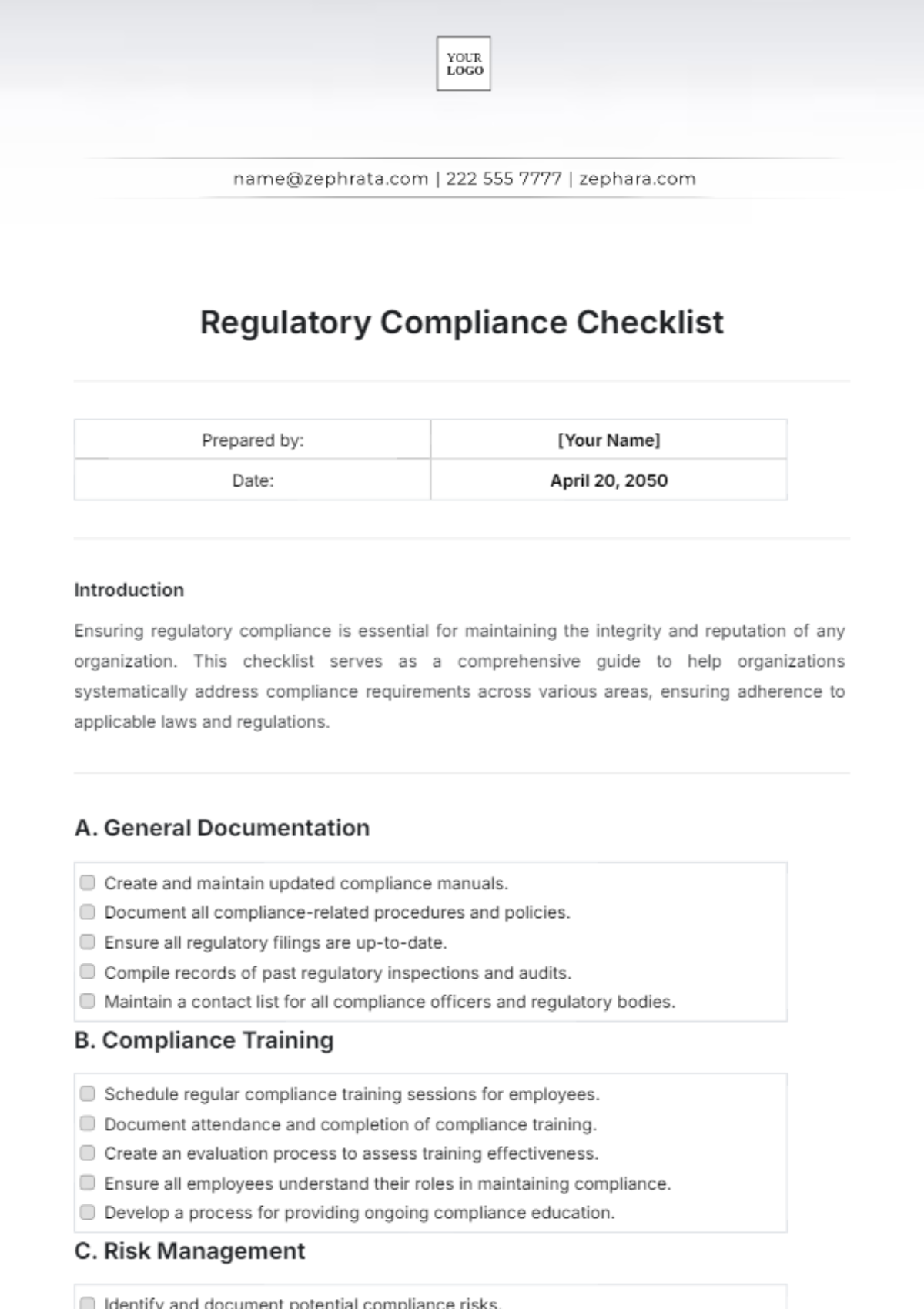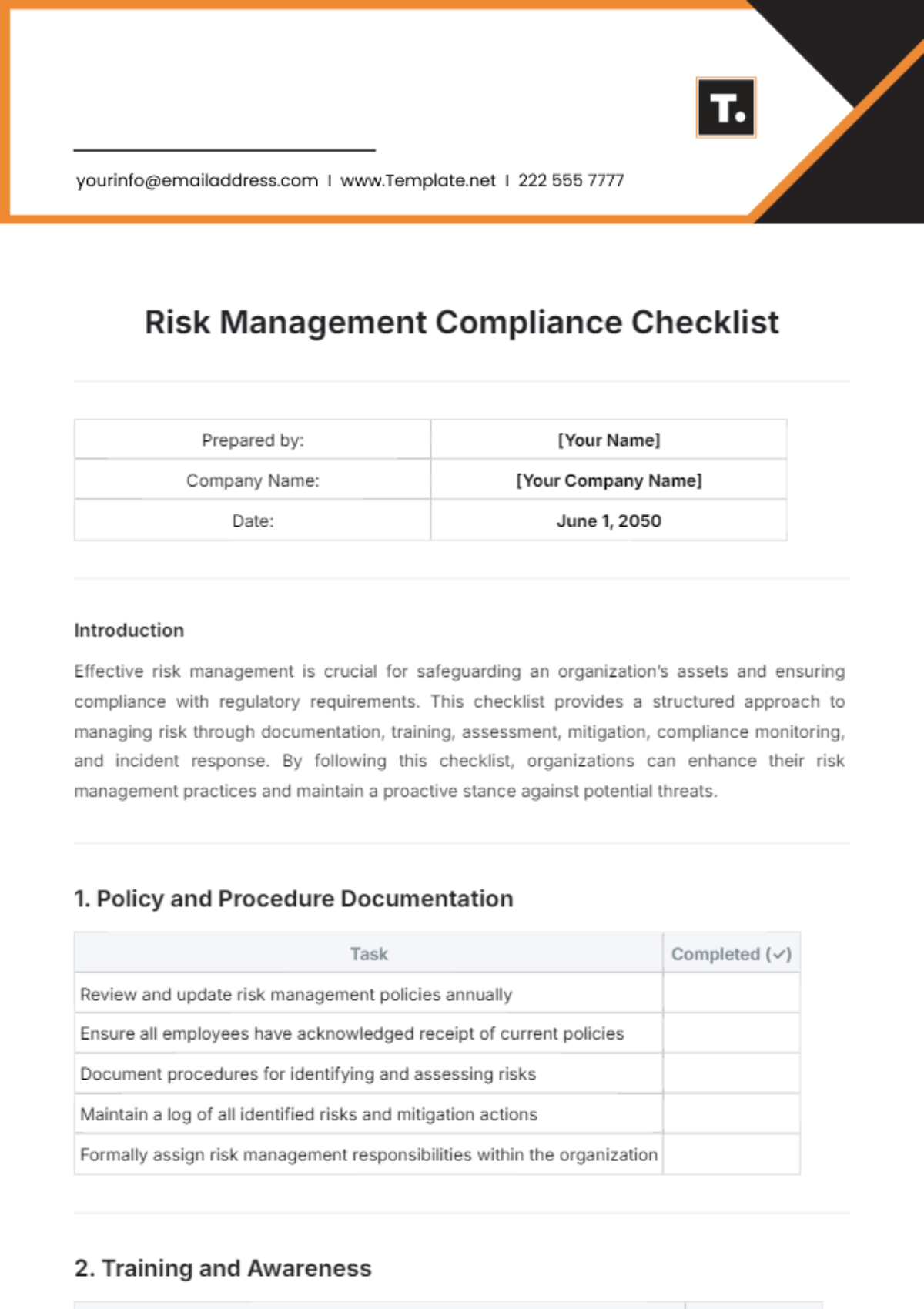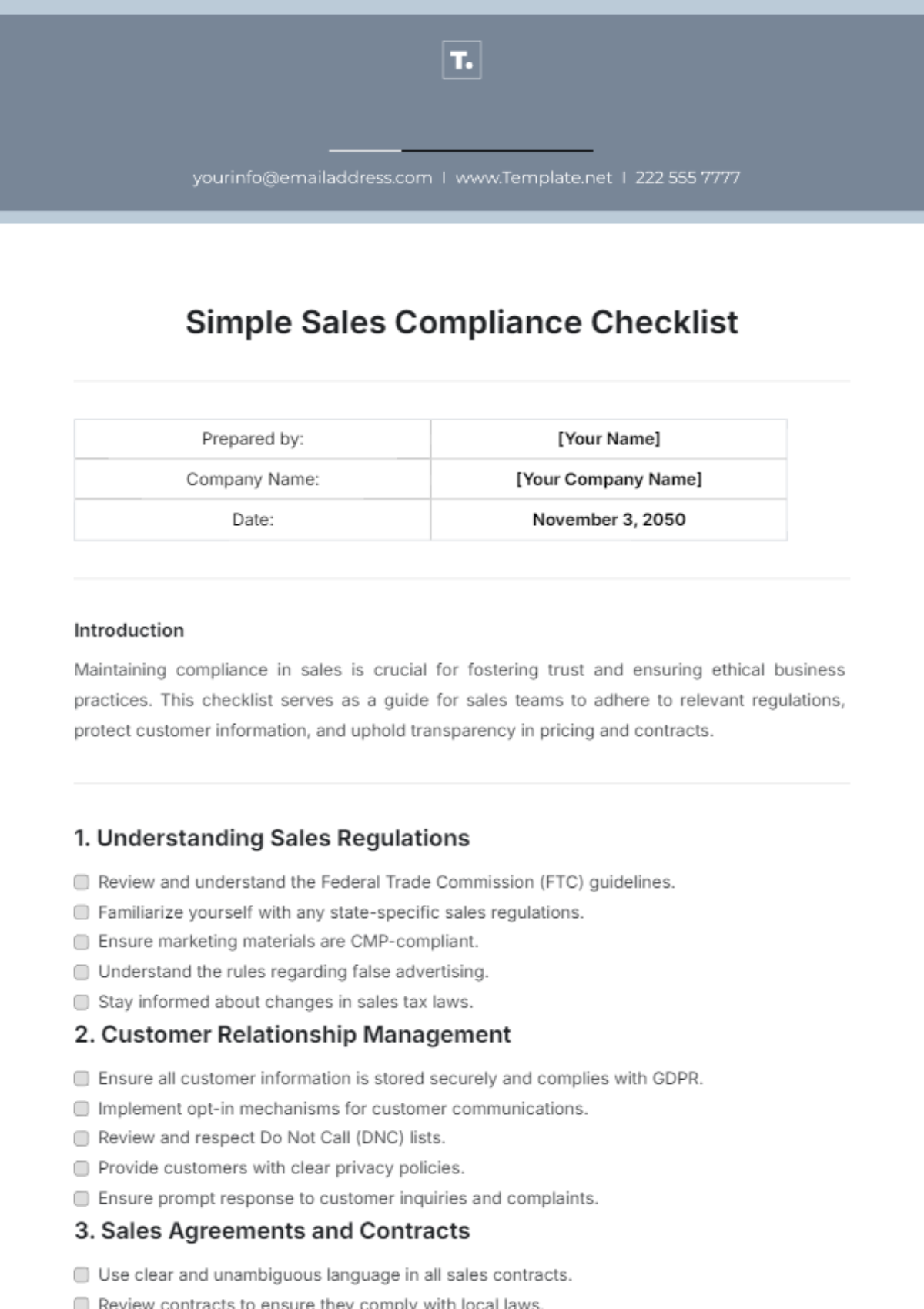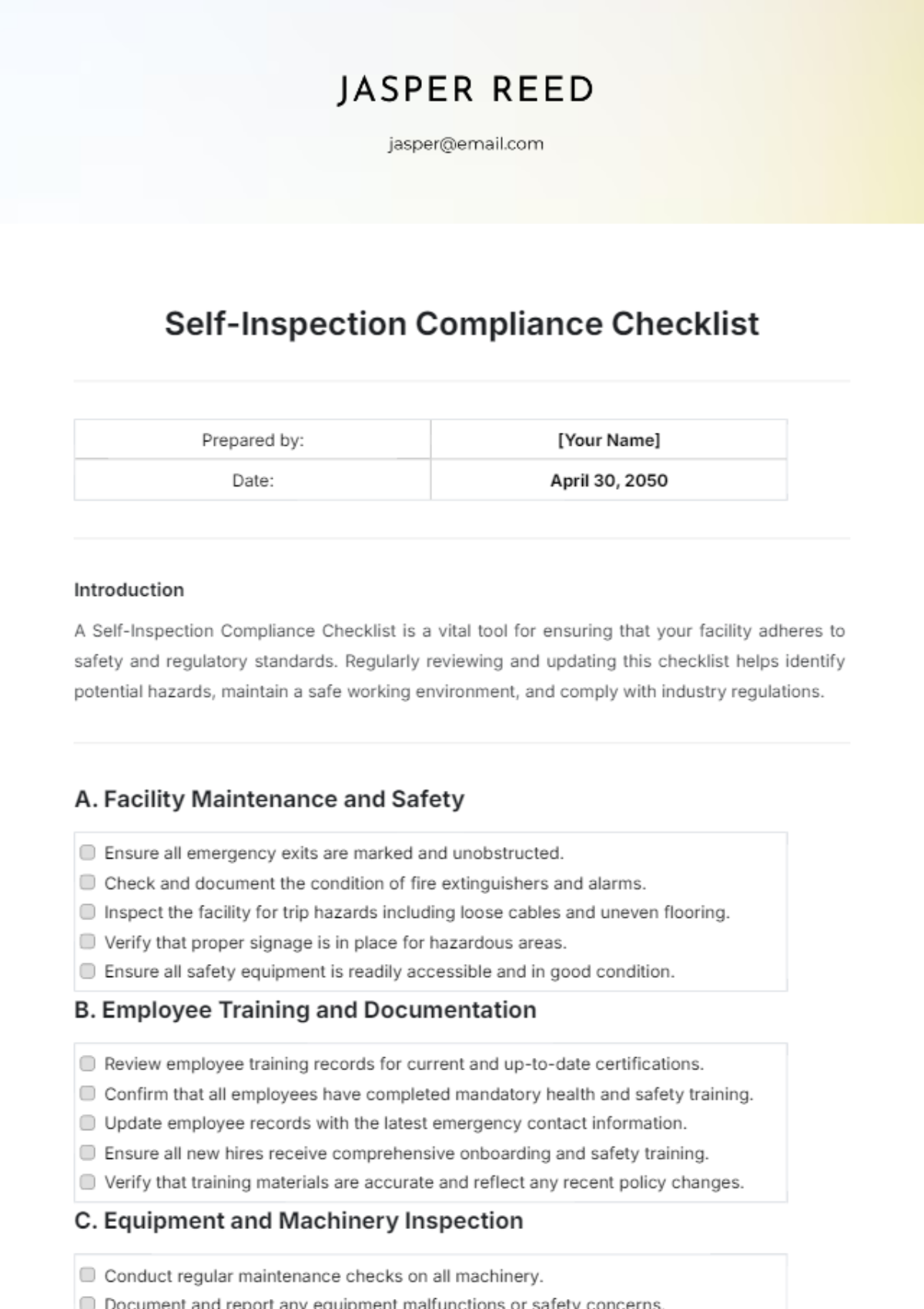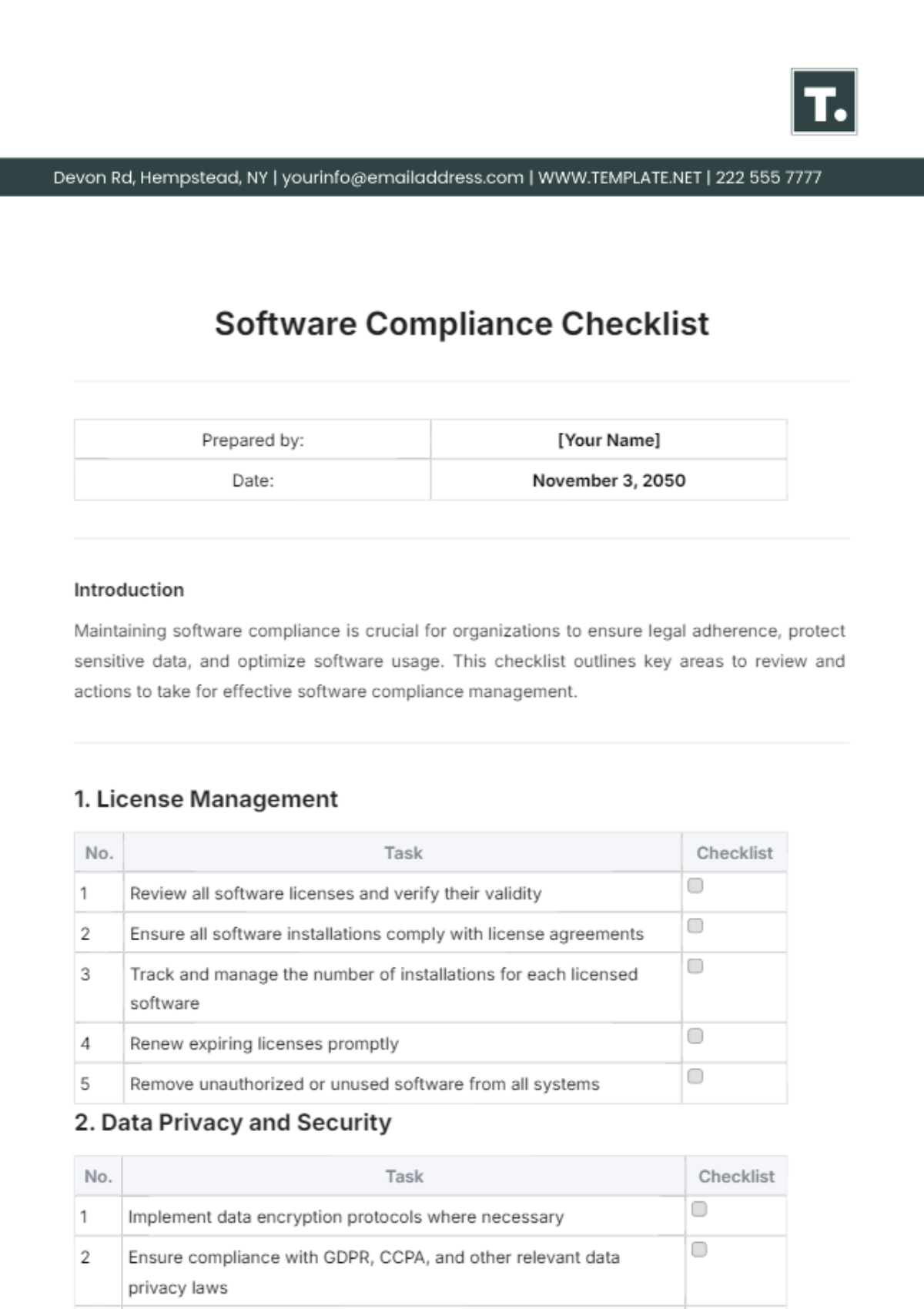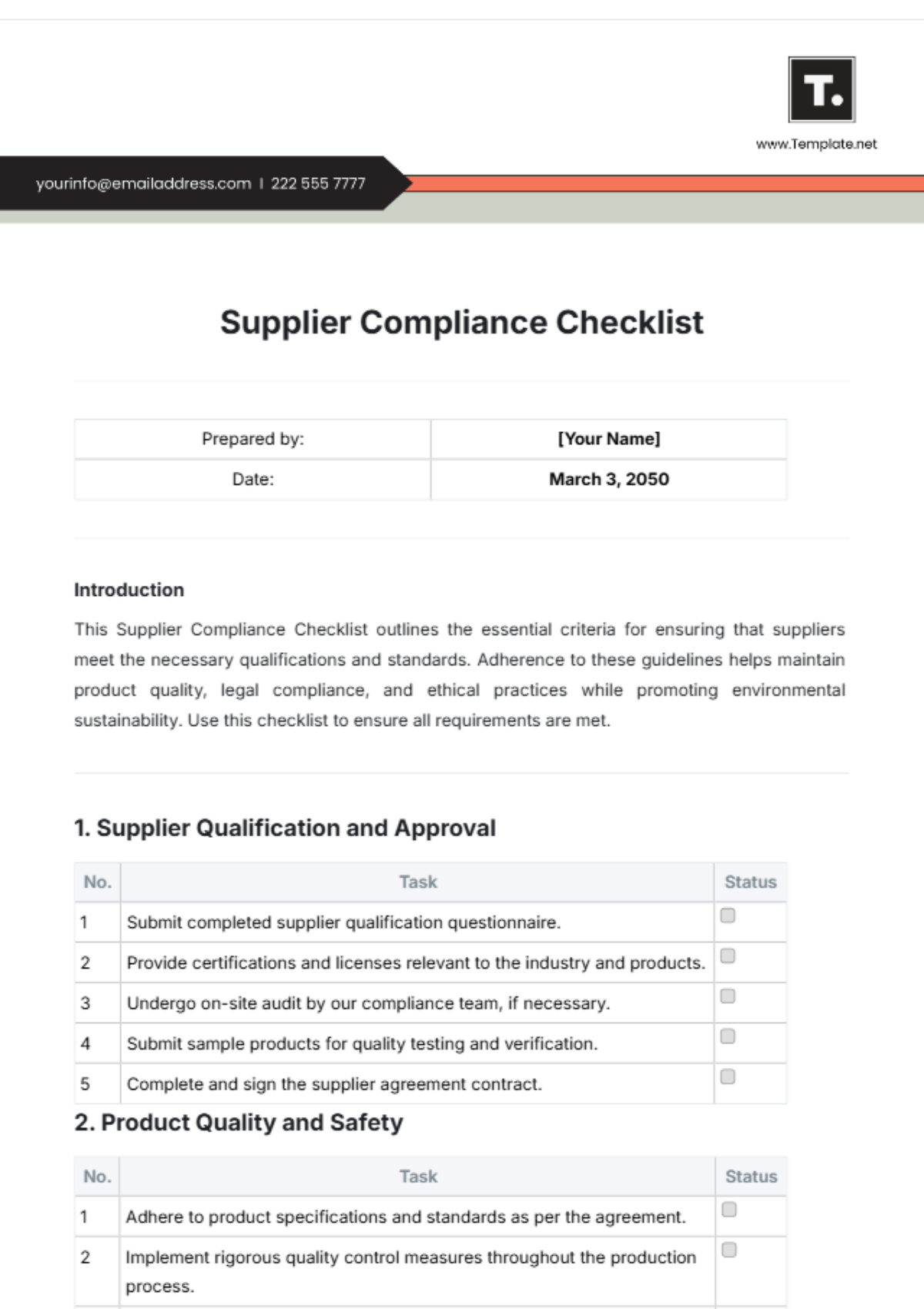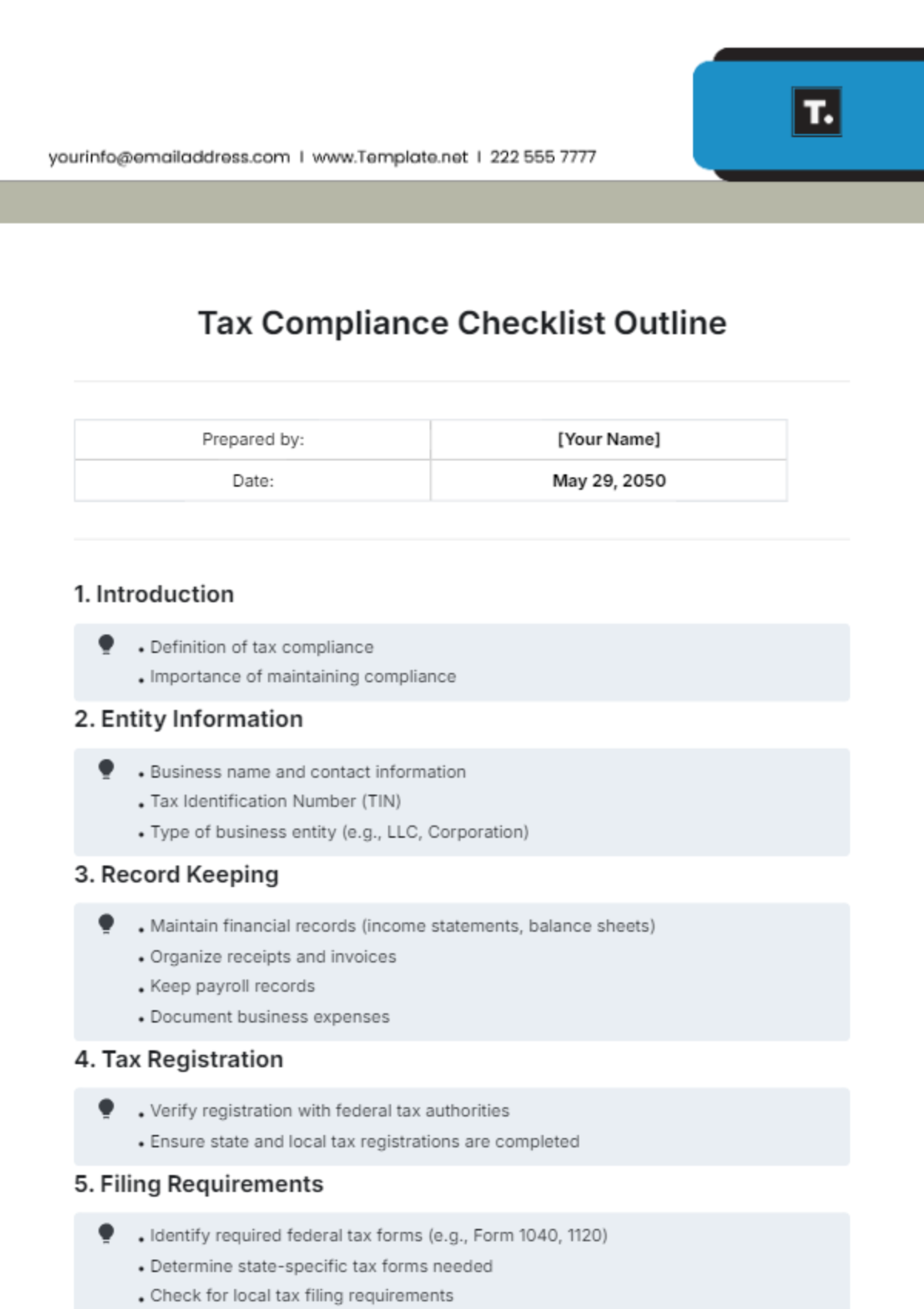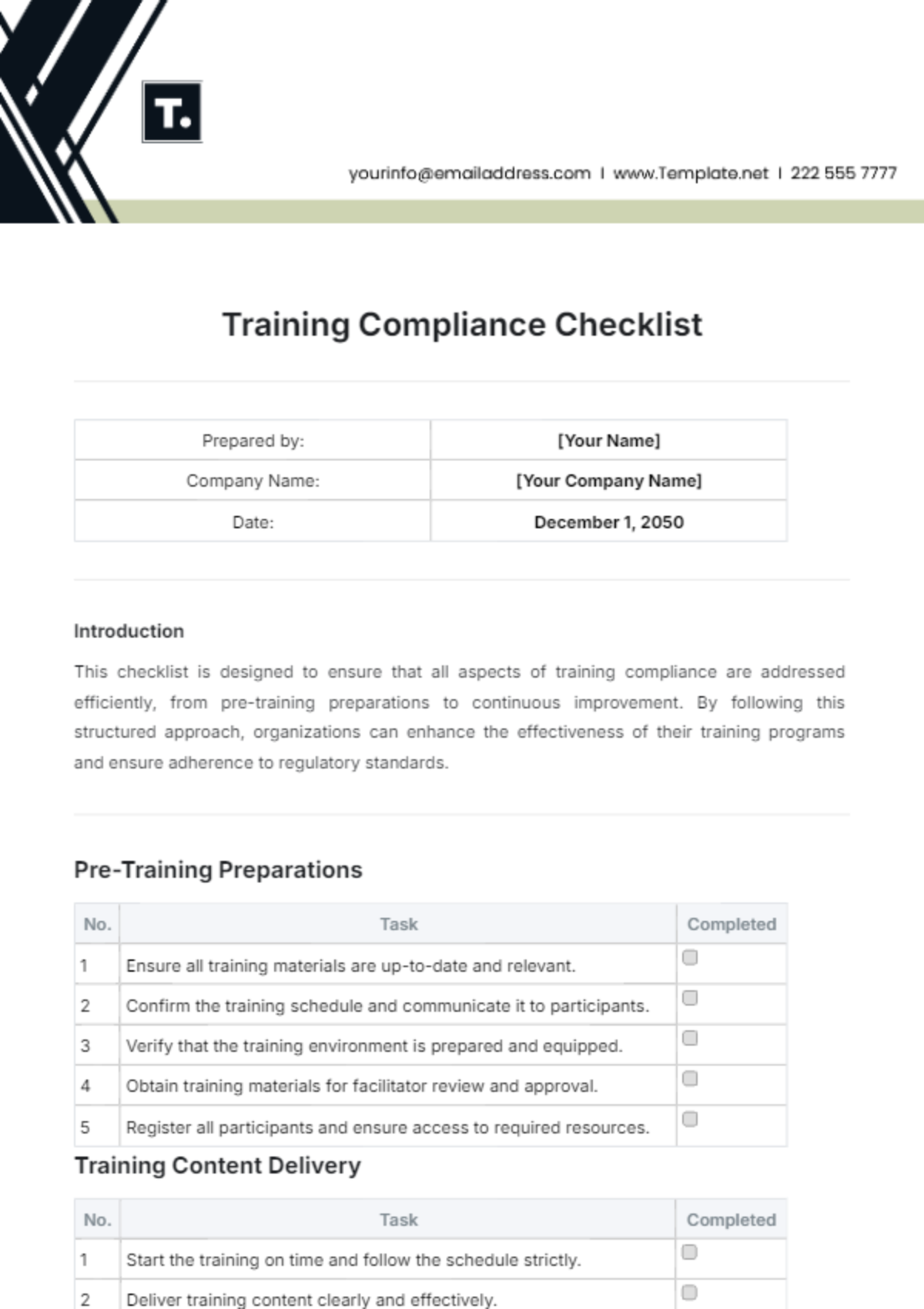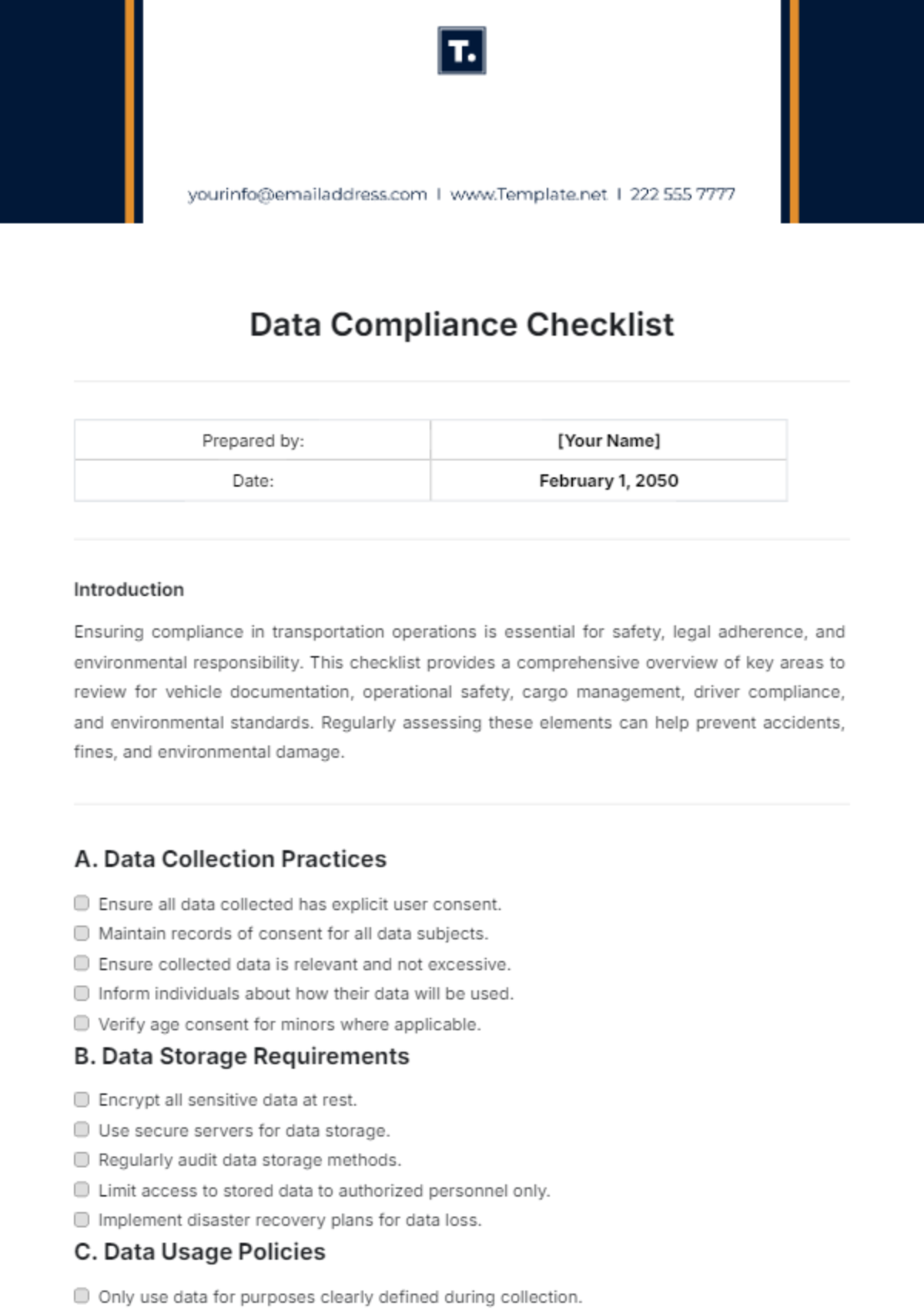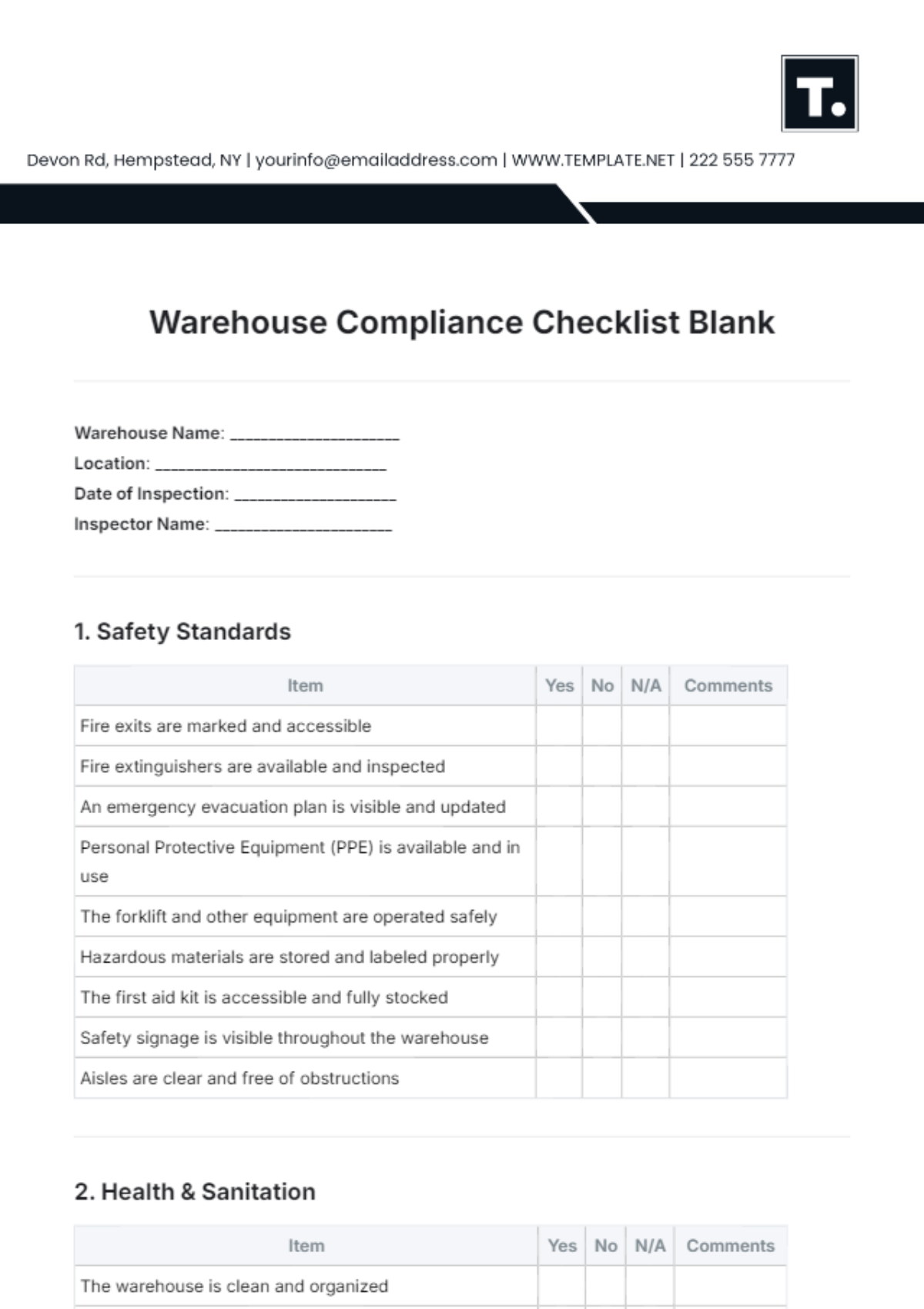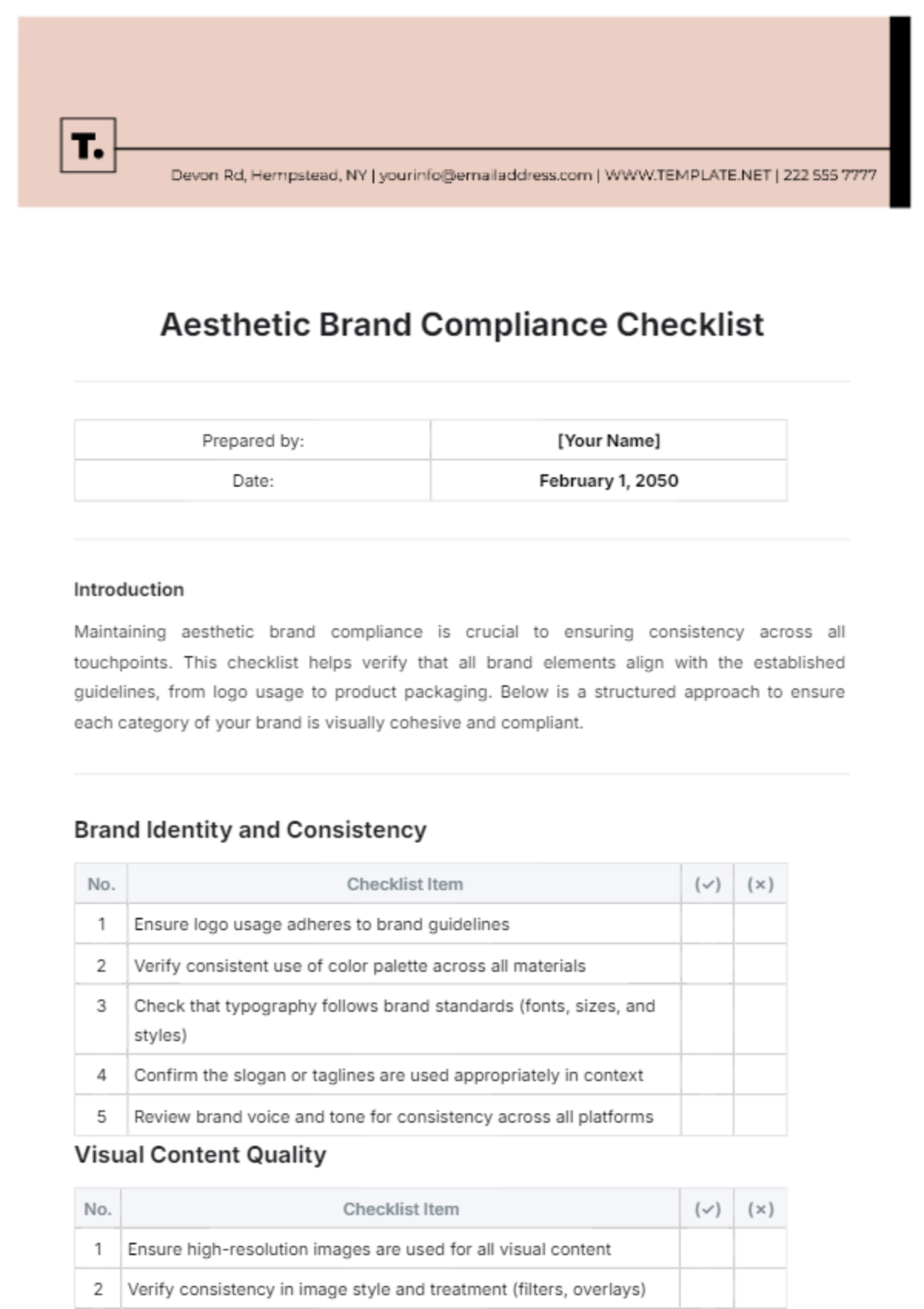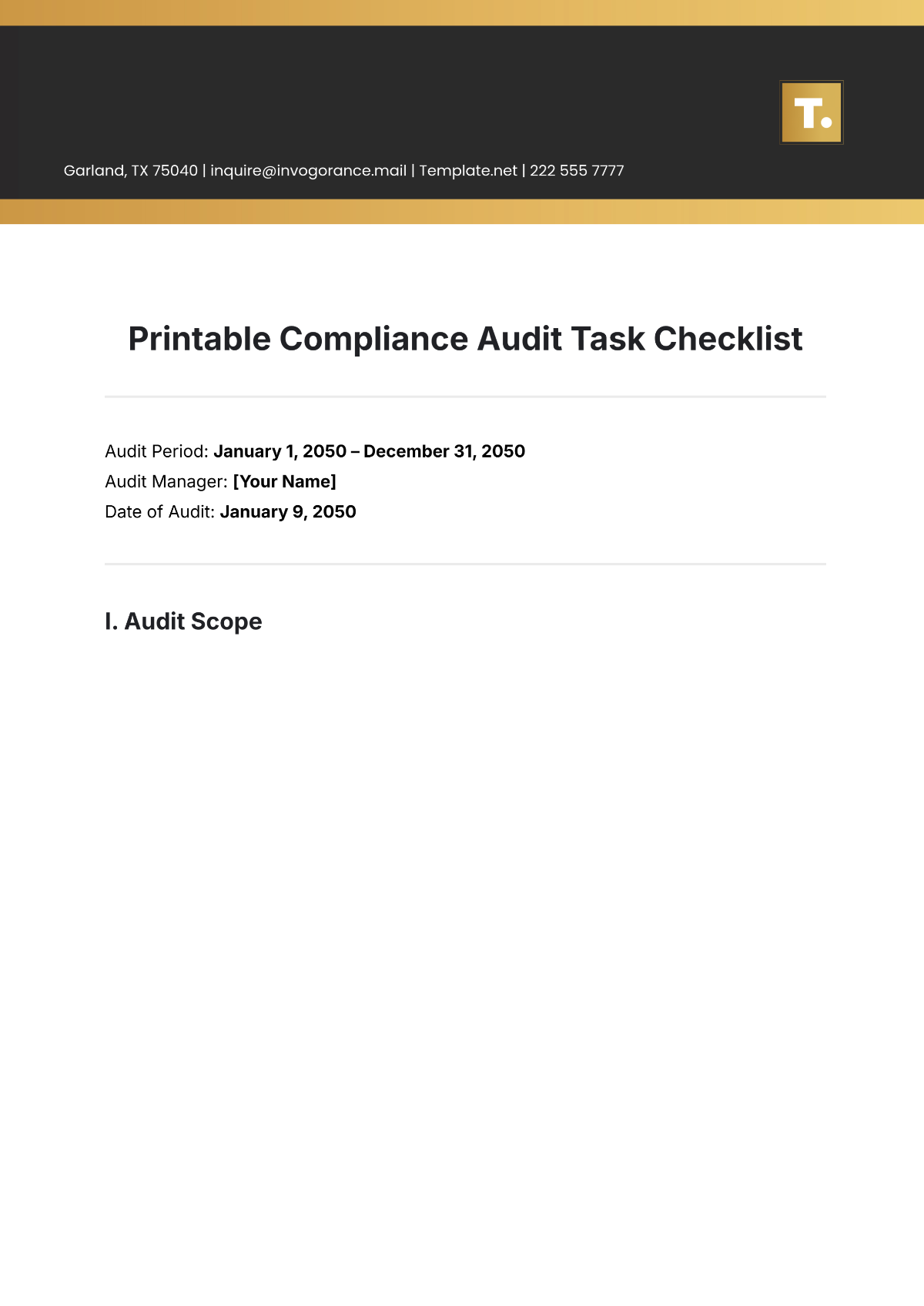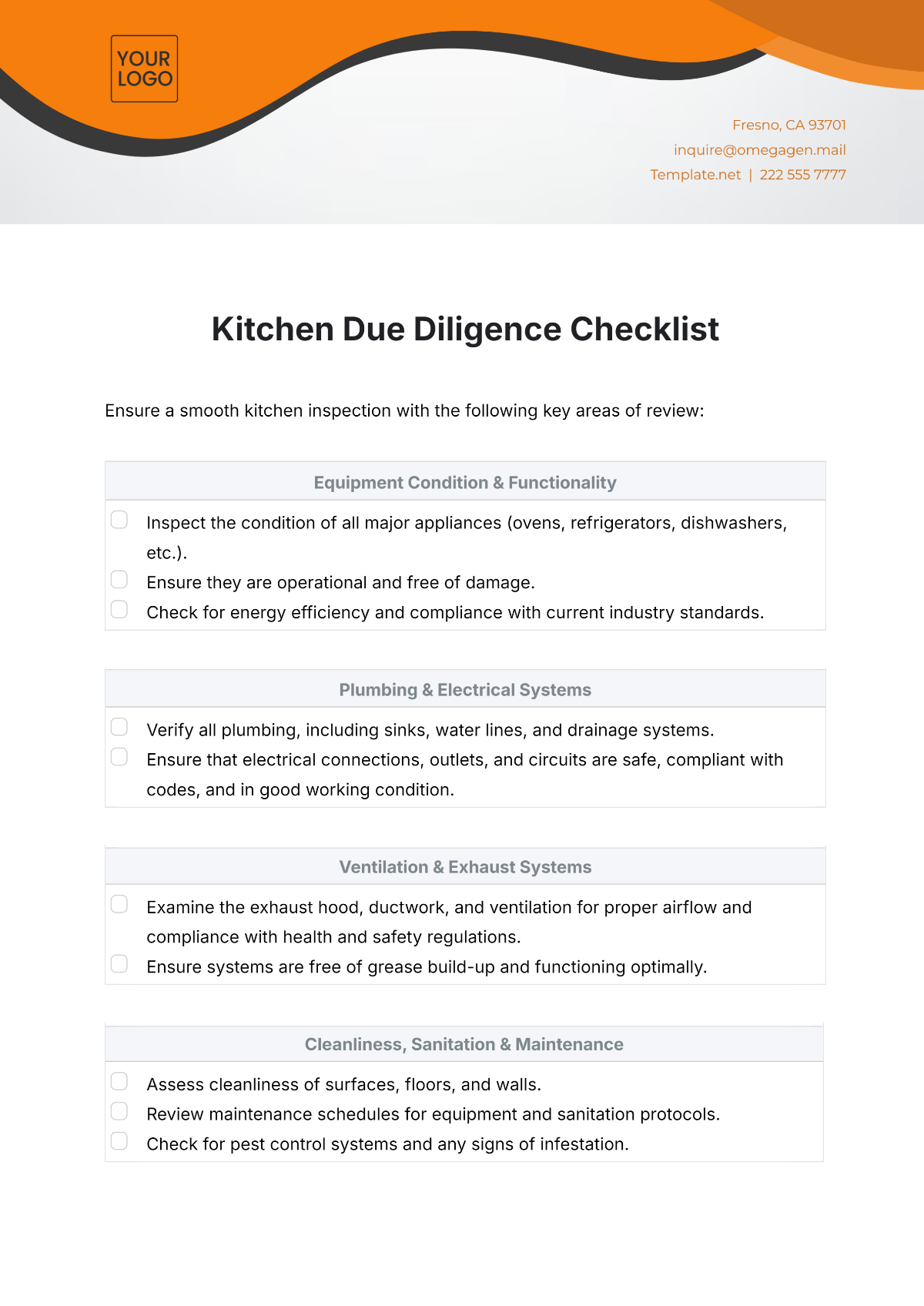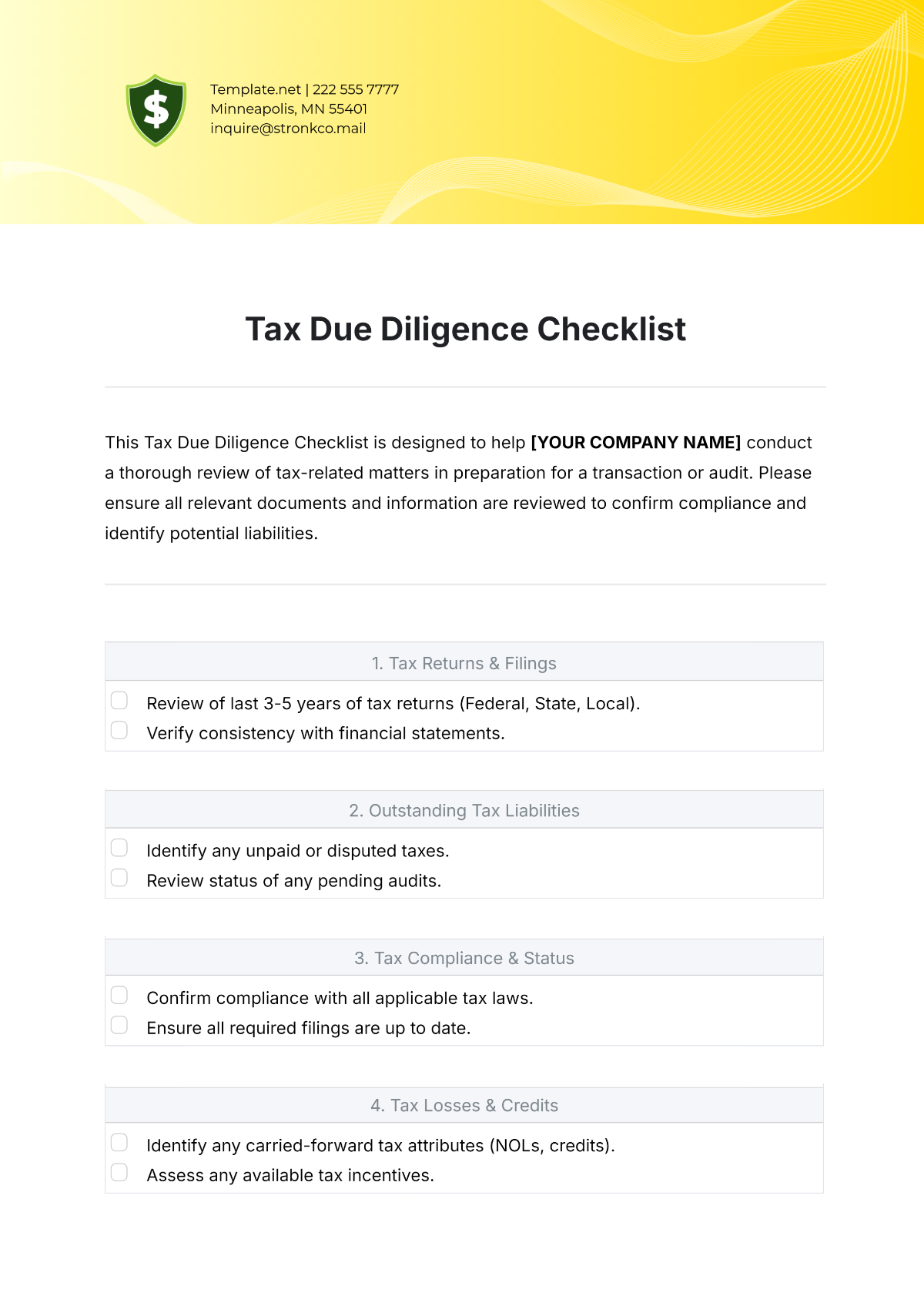Architecture Review Checklist
This Architecture Review Checklist ensures comprehensive evaluation of architectural projects, aligning with US standards. Use it to systematically assess design elements, functionality, and compliance. Follow each section, marking items as completed or needing attention to maintain project quality and standards.
1. Documentation Review
Verify that all relevant documentation (e.g., design specs, implementation docs) is complete and up-to-date.
Ensure that the architectural diagrams are clear and reflect the current state of the project.
Review and validate the project's objectives and requirements as stated in the documentation.
Evaluate if there are any missing documents needed for a comprehensive review.
Check the version control system for latest updates and track changes.
2. System Architecture Assessment
Analyze the high-level system architecture to ensure it meets scalability requirements.
Evaluate the choice of architecture style (e.g., microservices, monolithic) for the project.
Identify any coupling and dependencies that could impact system performance.
Ensure that the core components are decoupled and modular.
Review the data flow within the system for efficiency and security.
3. Security and Compliance
Verify compliance with industry standards and regulations (e.g., GDPR, HIPAA).
Ensure secure design principles are applied throughout the architecture.
Assess the implementation of authentication and authorization mechanisms.
Confirm that data is encrypted both at rest and in transit.
Review access control policies and their enforcement in the system.
4. Performance and Scalability
Evaluate system performance against defined benchmarks.
Ensure that the system can scale horizontally or vertically as needed.
Identify any potential bottlenecks in the system architecture.
Review load-balancing strategies and their effectiveness.
Analyze system logs to ascertain performance issues under different loads.
5. Usability and Maintainability
Ensure that the system design promotes ease of use for end-users.
Review the architecture for maintainability and ease of updates.
Check if adequate documentation and guides are available for maintaining the system.
Evaluate the system's error-handling and logging mechanisms.
Confirm that the system can be easily monitored and managed by the operations team.
